
Viola da Gamba: History, Characteristics and Influence
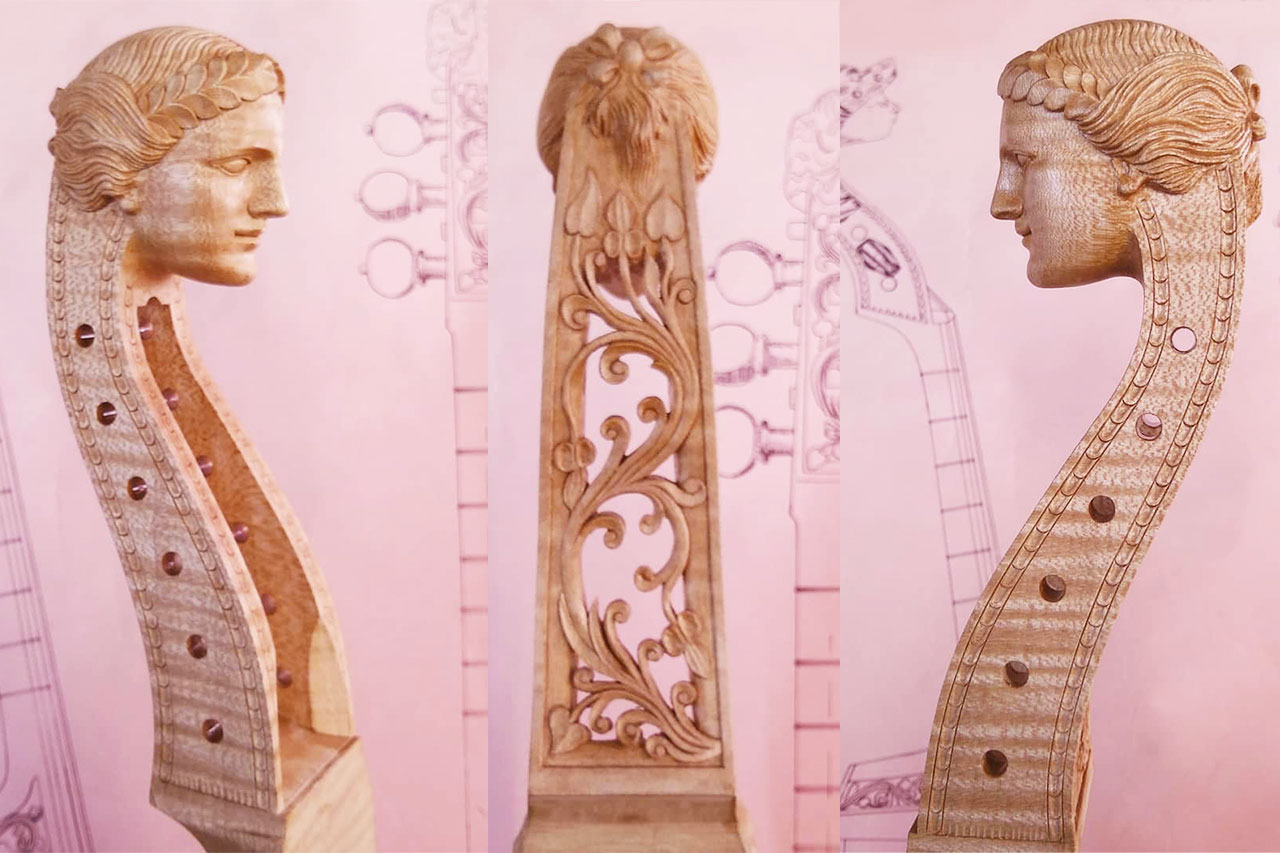
Viola da Gamba: History, Characteristics and Influence
Viola da Gamba: History, Characteristics and Influence
The Viola da Gamba is a beautiful and unique musical instrument that has a rich history dating back several centuries. With its distinct sound and versatile playing style, the Viola da Gamba has left an indelible mark on classical music. From its evolution through the centuries to its influence on other instruments and musical styles, the Viola da Gamba has much to offer music lovers and enthusiasts alike. In this article, we will explore the history, characteristics, and influence of this amazing instrument, and why it continues to captivate audiences and musicians to this day.
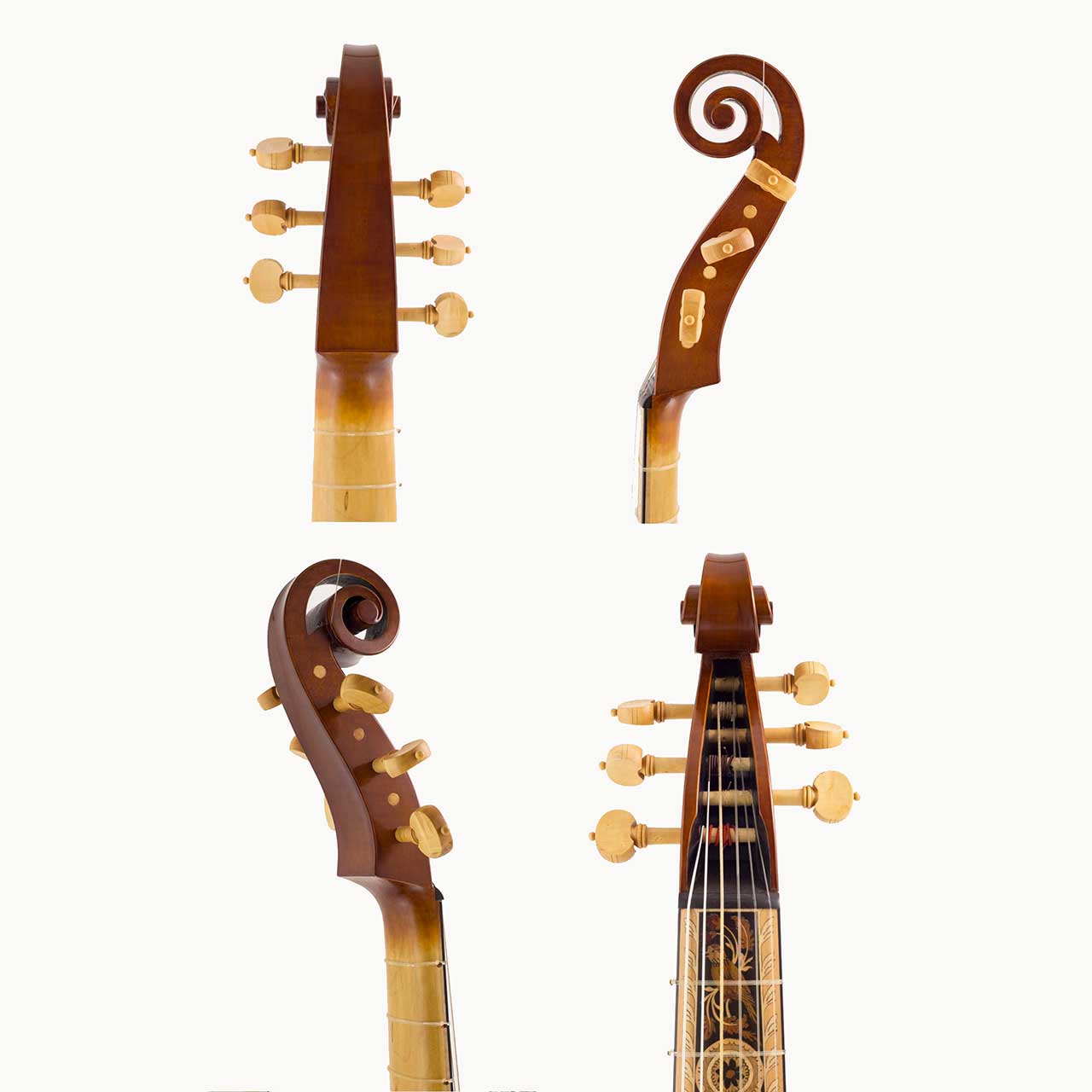
Viola da Gamba: History, Characteristics and Influence – What is the Viola da Gamba and its history?
The Viola da Gamba is a stringed musical instrument that was popular in Europe during the Renaissance and Baroque periods. It is a fretted instrument that is played by resting it between the legs, hence its name “Viola da Gamba” which means “leg viol.” The Viola da Gamba has a unique and warm sound that is often described as dark and rich.
The history of the Viola da Gamba can be traced back to the medieval period, where it was used as a bass instrument in a variety of musical styles, including secular and religious music. The Viola da Gamba was a popular instrument among royalty and aristocracy and was often played in court settings. During the Renaissance period, composers such as John Dowland and Thomas Robinson wrote music specifically for the Viola da Gamba.
The Viola da Gamba was gradually replaced by the Violin in the Baroque period, but it continued to be used in ensemble music and folk music. In the 20th century, there was a revival of interest in the Viola da Gamba, and today it is enjoyed by musicians and audiences around the world. The Viola da Gamba has a unique place in musical history and continues to be an important part of classical music.
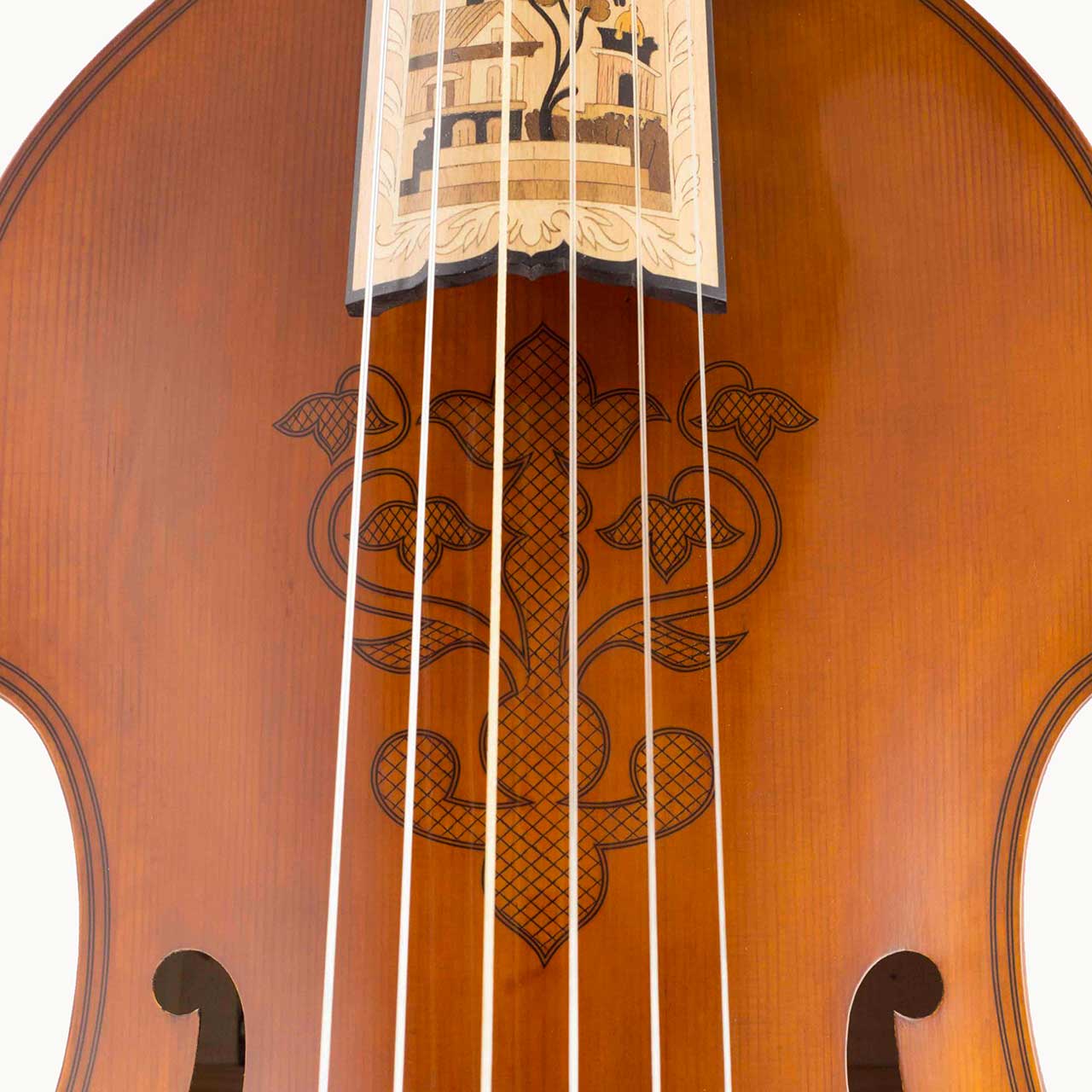
Viola da Gamba: History, Characteristics and Influence – The origin of the Viola da Gamba.
The origin of the Viola da Gamba is a subject of much debate among musical historians. It is believed to have been developed in the medieval period, possibly in Spain, although other theories place its origin in France or Italy. Regardless of its exact origin, the Viola da Gamba was quickly adopted and became popular throughout Europe.
The early versions of the Viola da Gamba were larger than the instruments we know today and had six or seven strings. Over time, the size of the instrument was reduced, and the number of strings was reduced to six. This change made the instrument more compact and easier to play, and it became even more popular as a result.
The Viola da Gamba was used in a variety of musical styles, including secular and religious music, and was especially popular among the aristocracy and royalty. Court musicians often performed on the Viola da Gamba, and it was also used in ensemble music, folk music, and as a solo instrument.
In conclusion, the origin of the Viola da Gamba is a matter of some debate, but what is certain is that it was developed in Europe in the medieval period and quickly became popular throughout the continent. Its unique sound and versatility made it a favorite among musicians and music lovers, and it remains an important part of musical history to this day.
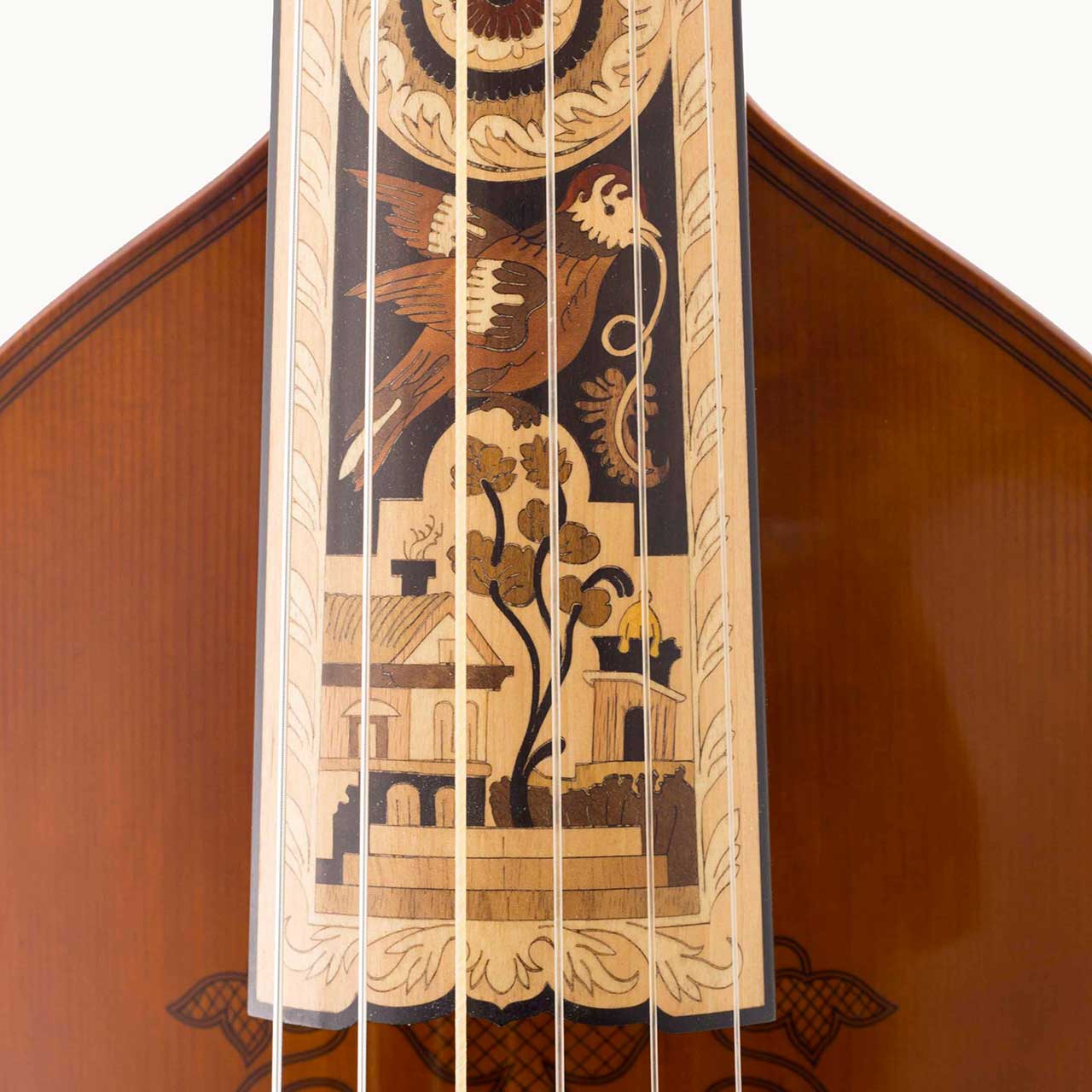
Viola da Gamba: History, Characteristics and Influence – The characteristics of the Viola da Gamba.
The Viola da Gamba is a unique and fascinating musical instrument with several distinct characteristics that set it apart from other instruments. Some of the most notable characteristics of the Viola da Gamba include its shape, construction, tuning, and playing style.
- Shape: The Viola da Gamba is a fretted, bowed instrument that is played by resting it between the legs. Its distinct shape gives it its characteristic rich and warm sound. The body of the Viola da Gamba is usually made from maple, rosewood, or ebony, and its neck is often made from the same material.
- Construction: The Viola da Gamba has six or seven strings, which are stretched over a bridge and then attached to a tailpiece. The strings are played using a bow, which is held between the thumb and fingers of the right hand. The Viola da Gamba also has a soundboard, which amplifies the sound produced by the strings.
- Tuning: The tuning of the Viola da Gamba can vary depending on the specific instrument and the type of music being played. However, many Viola da Gambas are tuned to the key of C, with the strings being tuned to the notes G, D, A, F, C, and G.
- Playing Style: The playing style of the Viola da Gamba is one of its most distinctive characteristics. The instrument is played by resting it between the legs, which allows the player to use both hands to play the strings and bow. This playing style gives the Viola da Gamba its unique sound and versatility.
The Viola da Gamba has a rich and warm sound, unique playing style, and versatile construction make it a beloved instrument among musicians and music lovers.
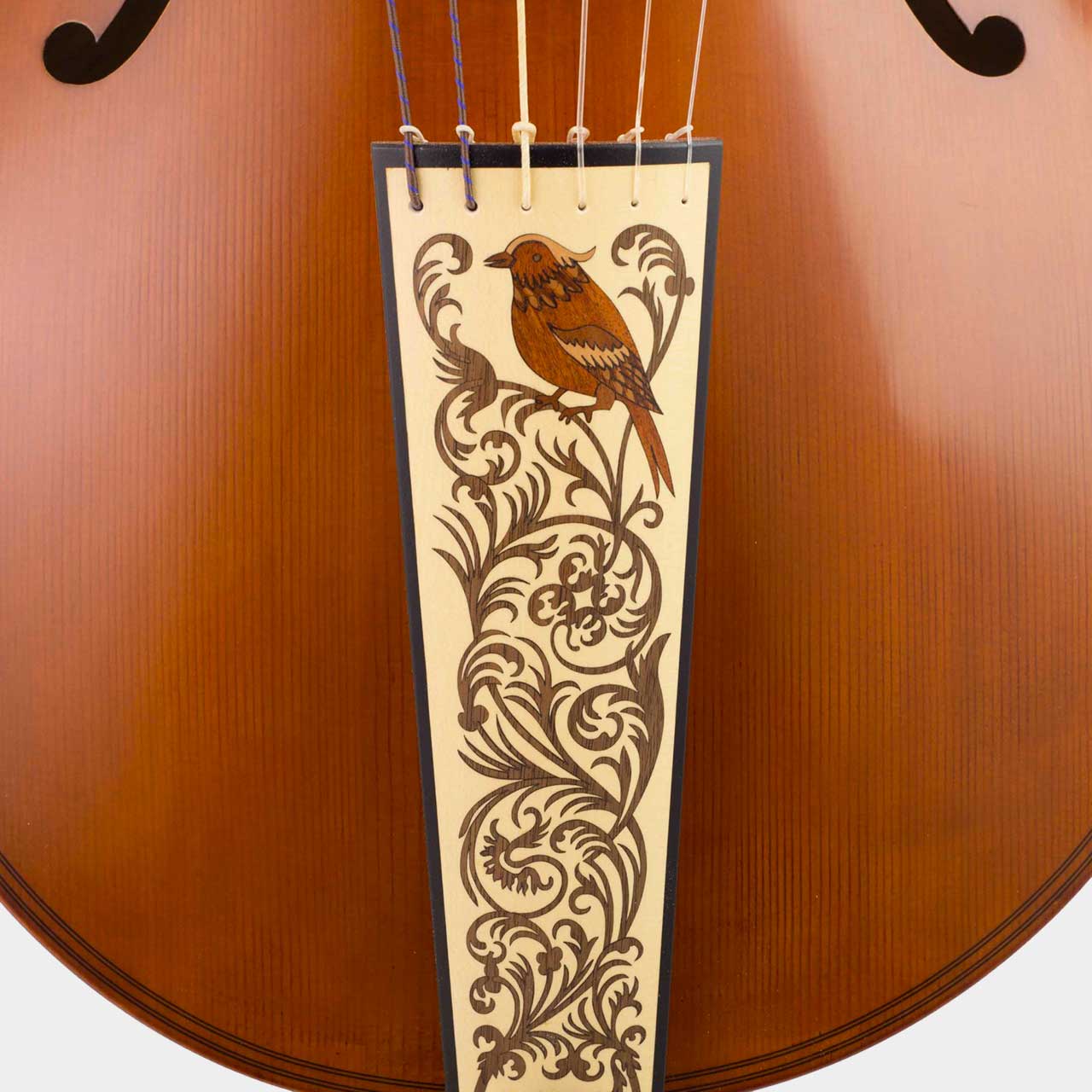
Viola da Gamba: History, Characteristics and Influence – How the Viola da Gamba differs from the Violin.
The Viola da Gamba and the Violin are two of the most famous bowed string instruments in the world, but they have several key differences that set them apart from one another. Understanding these differences is important for musicians and music lovers alike, as it can help them to appreciate the unique qualities of each instrument.
- Shape: One of the most obvious differences between the Viola da Gamba and the Violin is their shape. The Viola da Gamba is a fretted, bowed instrument that is played by resting it between the legs, while the Violin is held under the chin and played with the left hand on the strings and the right hand on the bow.
- Construction: Another key difference between the Viola da Gamba and the Violin is their construction. The Viola da Gamba has six or seven strings, which are stretched over a bridge and attached to a tailpiece. The Violin, on the other hand, has four strings that are stretched over a bridge and attached to a chin rest.
- Tuning: The tuning of the Viola da Gamba and the Violin is also different. Many Viola da Gambas are tuned to the key of C, with the strings being tuned to the notes G, D, A, F, C, and G. The Violin, on the other hand, is usually tuned to the notes G, D, A, and E.
- Playing Style: The playing style of the Viola da Gamba and the Violin is also different. The Viola da Gamba is played by resting it between the legs, which allows the player to use both hands to play the strings and bow. The Violin, on the other hand, is held under the chin and played with the left hand on the strings and the right hand on the bow.
- Sound: The sound of the Viola da Gamba and the Violin is also different. The Viola da Gamba has a rich and warm sound, while the Violin has a brighter and more piercing sound. This difference in sound is largely due to the different shapes and constructions of the two instruments.
To sum up, the Viola da Gamba and the Violin are two very different instruments, each with its own unique qualities. Understanding the differences between the two instruments is important for appreciating the unique qualities of each and the important role each has played in the world of music.
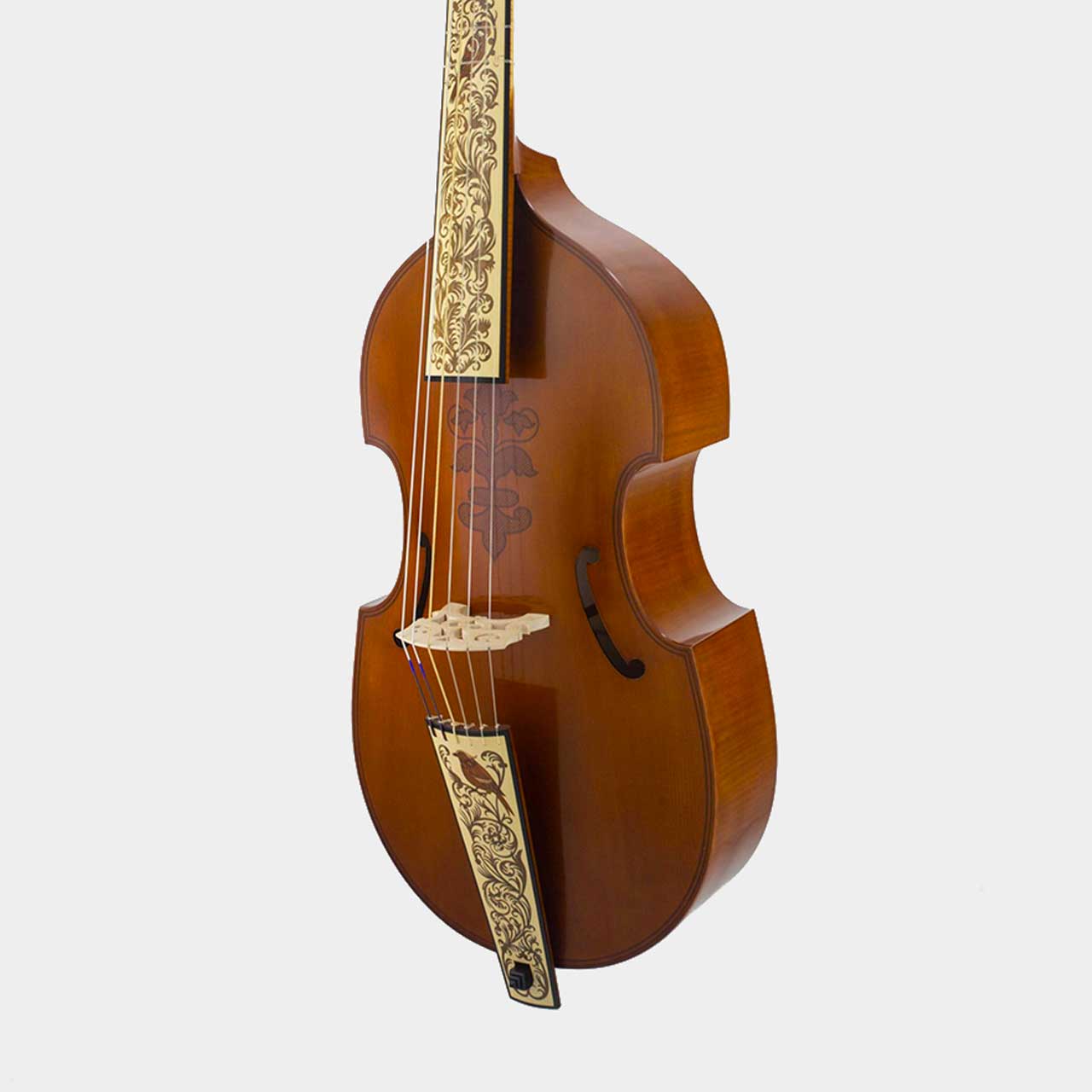
Viola da Gamba: History, Characteristics and Influence – The evolution of the Viola da Gamba through the centuries.
The Viola da Gamba has a rich and storied history that has seen the instrument evolve over the centuries. From its early origins in the Renaissance period to its eventual decline in the 19th century, the Viola da Gamba has undergone numerous changes and refinements that have helped to shape it into the instrument we know today.
- Renaissance: The Viola da Gamba first appeared in the 15th century as a new type of bowed string instrument. During the Renaissance period, the Viola da Gamba was widely used in courts and noble households as an accompaniment to singing and other instrumental music. It was also used as a solo instrument in its own right, and was known for its rich, warm sound.
- Baroque: During the Baroque period, the Viola da Gamba underwent a number of refinements and improvements. The instrument was made with more strings, allowing for a wider range of notes and greater versatility. The playing style of the Viola da Gamba also evolved, with players using different techniques and bowing styles to create a more expressive sound.
- Classical: The Viola da Gamba remained popular during the Classical period, with composers such as Bach, Handel, and Purcell writing music specifically for the instrument. During this period, the Viola da Gamba continued to evolve, with new variations and refinements being made to the instrument’s construction and playing style.
- Decline: The Viola da Gamba experienced a decline in popularity in the 19th century, as the Violin and other bowed string instruments gained popularity. Despite this, the Viola da Gamba remained an important part of classical music, with a number of composers, including Brahms and Schumann, writing music for the instrument.
- Revival: In the 20th century, the Viola da Gamba experienced a revival of interest, with musicians and music lovers alike rediscovering the instrument’s rich history and unique sound. Today, the Viola da Gamba is once again a popular instrument, with musicians and enthusiasts around the world playing and appreciating the instrument’s rich heritage.
The Viola da Gamba has undergone a fascinating evolution over the centuries, from its origins in the Renaissance period to its eventual decline in the 19th century, and its revival in the 20th century. Today, the Viola da Gamba remains an important part of classical music, and its rich history and unique sound continue to captivate musicians and music lovers alike.
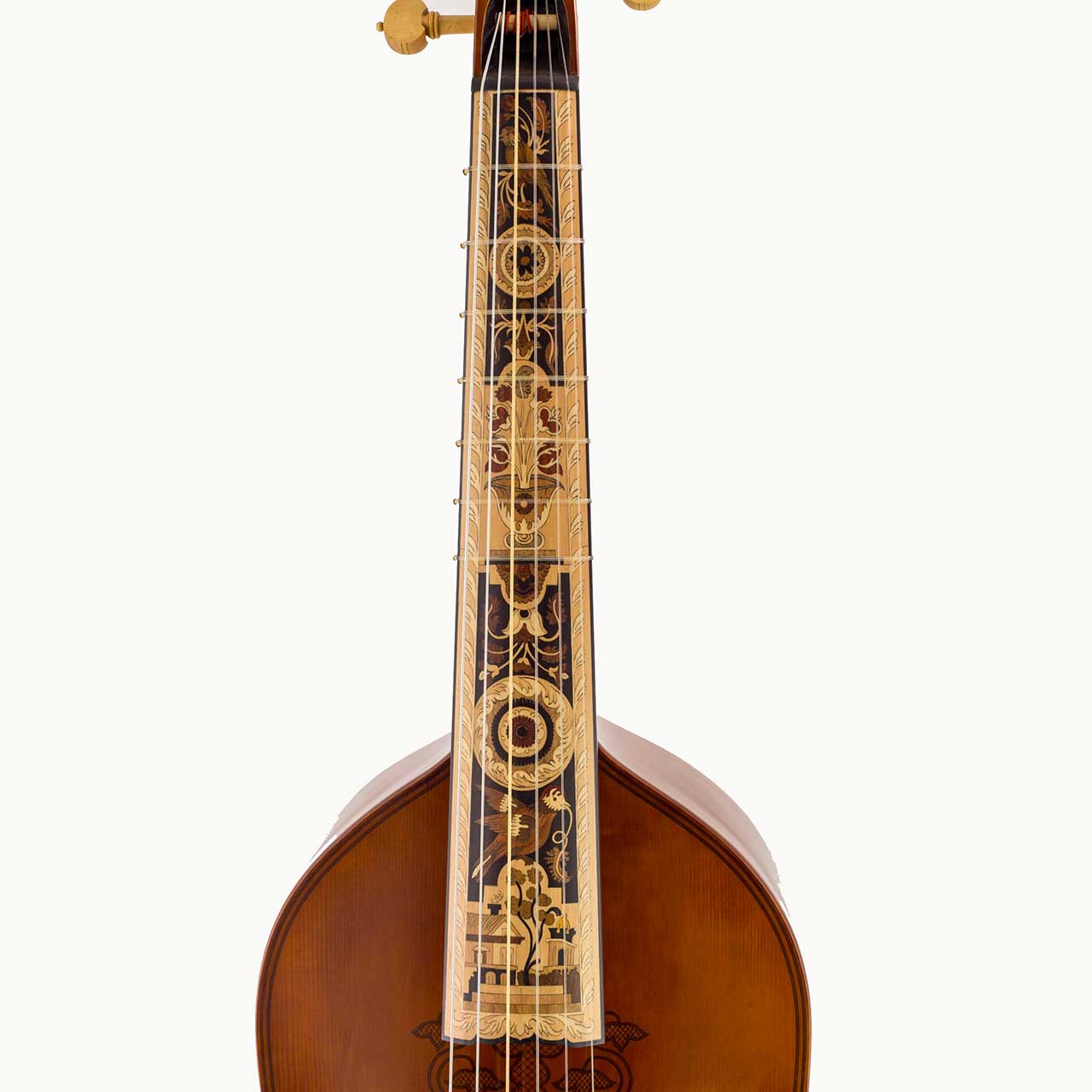
Viola da Gamba: History, Characteristics and Influence – The role of the Viola da Gamba in Renaissance and Baroque music.
The Viola da Gamba played a significant role in both Renaissance and Baroque music, serving as an important musical instrument during these periods. The Viola da Gamba was widely used as an accompaniment to singing and other instrumental music, and was also used as a solo instrument in its own right.
- Renaissance: During the Renaissance period, the Viola da Gamba was widely used in courts and noble households as an accompaniment to singing and other instrumental music. Its warm and rich sound was particularly well-suited to the polyphonic music of the time, and it became an important part of the musical landscape of the Renaissance.
- Baroque: The Baroque period saw the Viola da Gamba continue to play an important role in music, with composers such as Bach, Handel, and Purcell writing music specifically for the instrument. The Viola da Gamba was also used as an ensemble instrument, often in combination with other bowed and plucked instruments. With its versatile sound, the Viola da Gamba was an essential component of the Baroque ensemble, and was used in a wide range of musical styles and genres.
The Viola da Gamba’s popularity during these periods was due in part to its versatility, with its ability to play both as a solo instrument and as part of an ensemble. The instrument’s unique sound and playing style also helped to set it apart from other instruments of the time, and contributed to its enduring popularity and influence in both Renaissance and Baroque music.
In conclusion, the Viola da Gamba played a crucial role in both Renaissance and Baroque music, serving as an important musical instrument during these periods. The instrument’s versatility, rich sound, and unique playing style helped to establish it as an important part of the musical landscape of both the Renaissance and Baroque periods, and its influence can still be felt in the music of today.
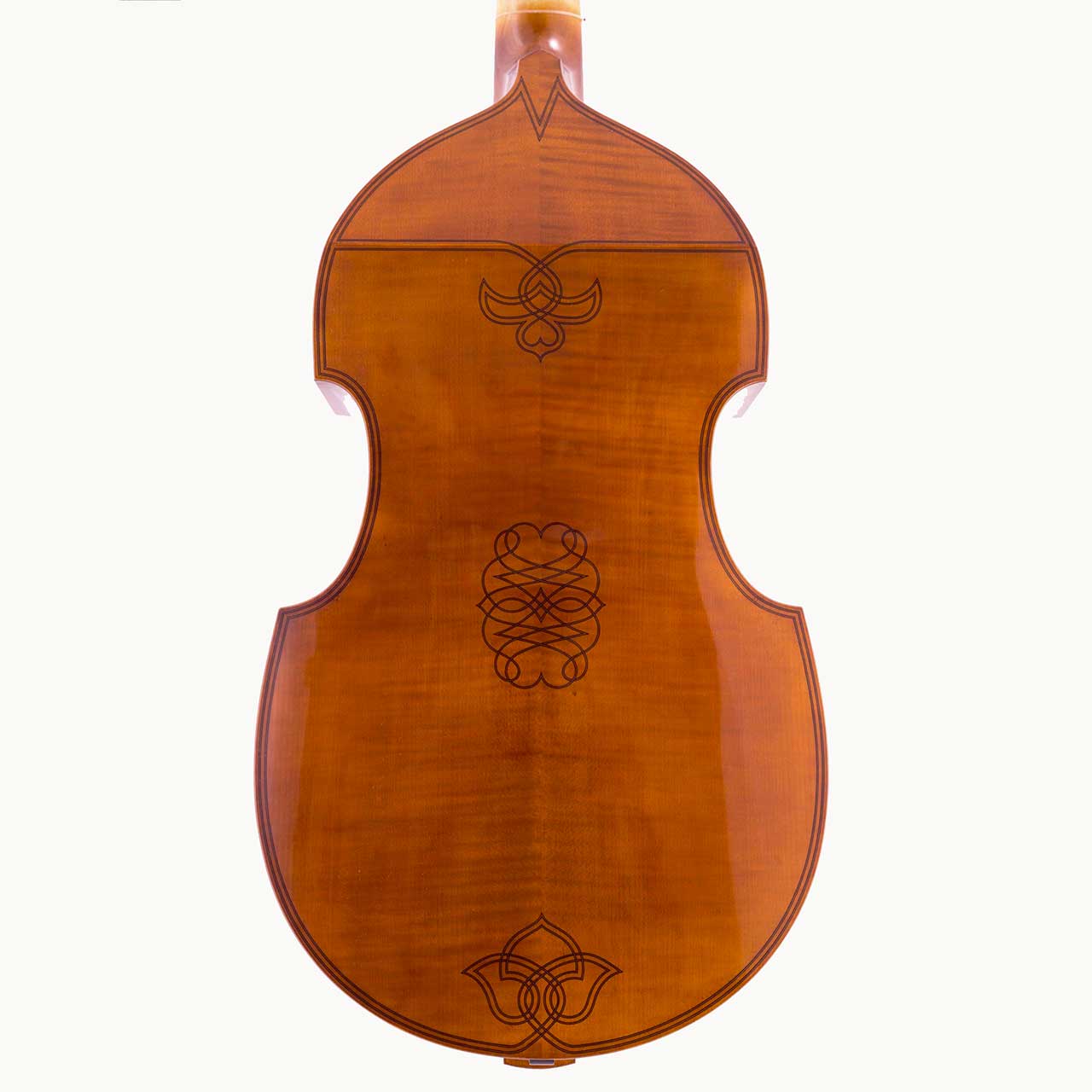
Viola da Gamba: History, Characteristics and Influence – The most famous composers who wrote music for the Viola da Gamba.
Throughout history, many famous composers have written music for the Viola da Gamba, showcasing its versatility and rich sound. Some of the most notable composers who wrote music for the instrument include:
- Johann Sebastian Bach: Bach wrote several works for the Viola da Gamba, including several suites for the instrument that are considered some of the finest examples of Baroque music.
- George Frideric Handel: Handel was a prominent composer of the Baroque period and wrote several works for the Viola da Gamba, including several sonatas for the instrument.
- Henry Purcell: Purcell was an English composer who wrote a number of works for the Viola da Gamba, including several pieces for the instrument that are still performed today.
- Marin Marais: Marais was a French composer and Viola da Gamba player who wrote many works for the instrument, including several collections of pieces that are considered some of the finest examples of Baroque music.
- Carl Philipp Emanuel Bach: The son of Johann Sebastian Bach, Carl Philipp Emanuel Bach wrote several works for the Viola da Gamba, including several sonatas for the instrument.
- Tobias Hume: Hume was an English composer who wrote several pieces for the Viola da Gamba, including a collection of pieces for the instrument that is considered one of the earliest collections of solo music for the Viola da Gamba.
These composers, among others, helped to establish the Viola da Gamba as an important musical instrument, and their works for the instrument remain popular and influential to this day. Whether written for solo performance or as part of an ensemble, the music these composers wrote for the Viola da Gamba showcases the instrument’s versatility and rich sound, and serves as a testament to its enduring popularity and influence.
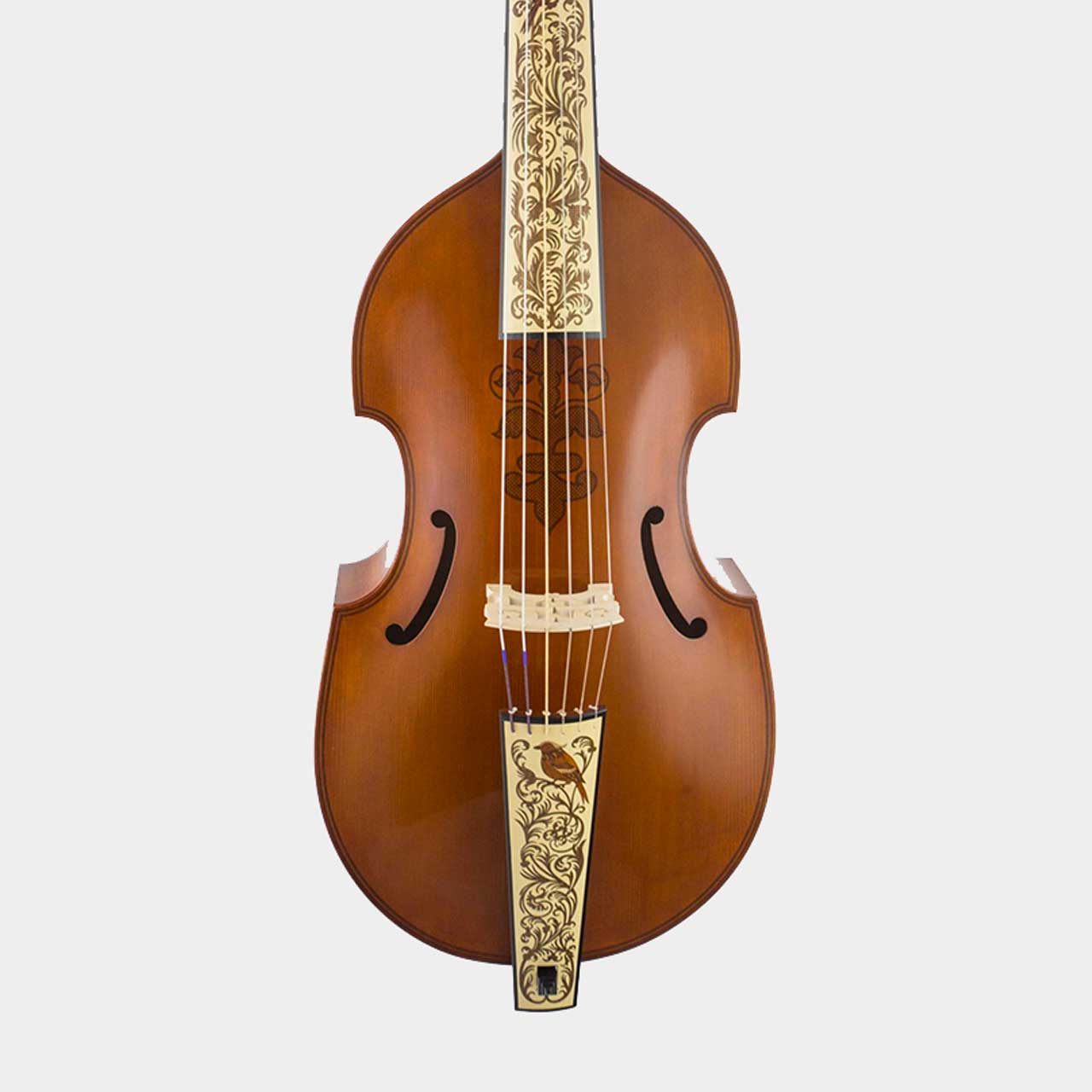
Viola da Gamba: History, Characteristics and Influence – The influence of the Viola da Gamba on other musical instruments.
The Viola da Gamba has had a profound influence on other musical instruments and continues to inspire musicians and composers today. Some of the ways in which the Viola da Gamba has influenced other instruments include:
- The Cello: The Viola da Gamba is often considered to be the ancestor of the modern cello, and its influence can be seen in the design and sound of the cello. The Viola da Gamba’s lower range and rich, warm tone inspired the development of the cello, which was designed to have a similar sound and range.
- The Double Bass: The Viola da Gamba also influenced the development of the double bass, which was designed to have a similar range and sound to the Viola da Gamba.
- The Guitar: The Viola da Gamba’s influence can also be seen in the design of the guitar, which was designed to have a similar range and sound to the Viola da Gamba.
- Other String Instruments: The Viola da Gamba’s influence can also be seen in the development of other string instruments, such as the lute and the mandolin, which were designed to have a similar range and sound to the Viola da Gamba.
In addition to its influence on other musical instruments, the Viola da Gamba has also had a profound impact on the music of many cultures around the world. Whether as a solo instrument or as part of an ensemble, the Viola da Gamba has been used to create a wide variety of musical styles, from classical music to folk music, and its rich sound and versatility continue to inspire musicians and composers today.
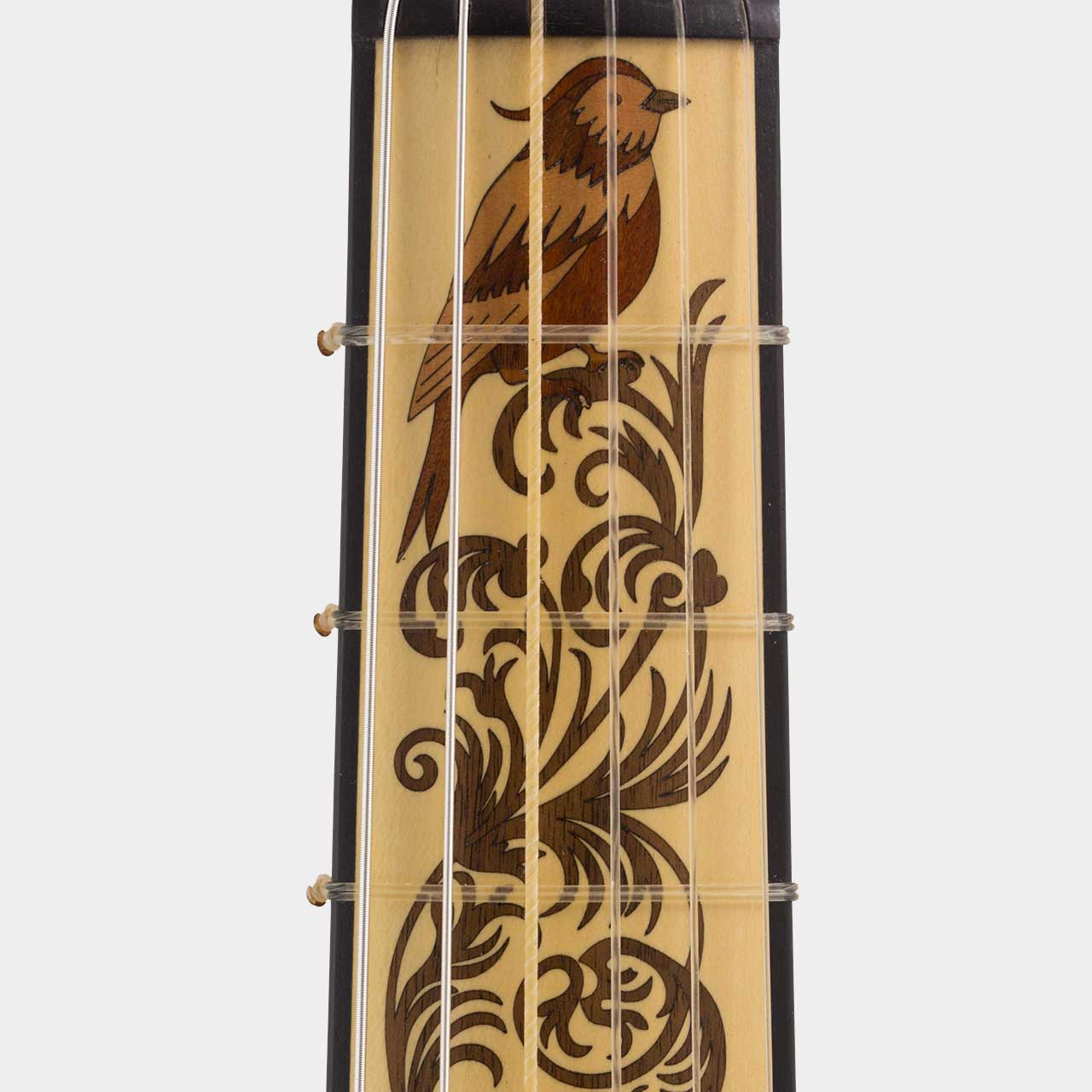
Viola da Gamba: History, Characteristics and Influence – How the Viola da Gamba shaped classical music as we know it today.
The Viola da Gamba played a major role in shaping classical music as we know it today. Its unique sound and versatility made it a popular instrument in the Renaissance and Baroque eras, and many of the greatest composers of the time wrote music specifically for the Viola da Gamba.
- Renaissance Music: The Viola da Gamba was a popular instrument in the Renaissance era, and its rich sound and versatility made it a staple of court music and chamber music of the time. Many composers, including John Dowland and Thomas Robinson, wrote music specifically for the Viola da Gamba.
- Baroque Music: The Viola da Gamba was also popular in the Baroque era, and many of the greatest composers of the time, including J.S. Bach and George Frideric Handel, wrote music specifically for the instrument. The Viola da Gamba was a common part of the Baroque ensemble, and its rich sound and versatility made it a staple of the period’s chamber music and orchestral music.
- Influence on Other Composers: The music written for the Viola da Gamba by these great composers had a profound influence on later composers, including Mozart, Beethoven, and Schubert. The sound and versatility of the Viola da Gamba inspired these composers to incorporate similar elements into their own music, and its influence can still be heard in classical music today.
In addition to its influence on classical music, the Viola da Gamba has also had a profound impact on other musical styles, including folk music and popular music. Whether as a solo instrument or as part of an ensemble, the Viola da Gamba continues to inspire musicians and composers today, and its rich sound and versatility ensure that it will continue to shape classical music as we know it for generations to come.
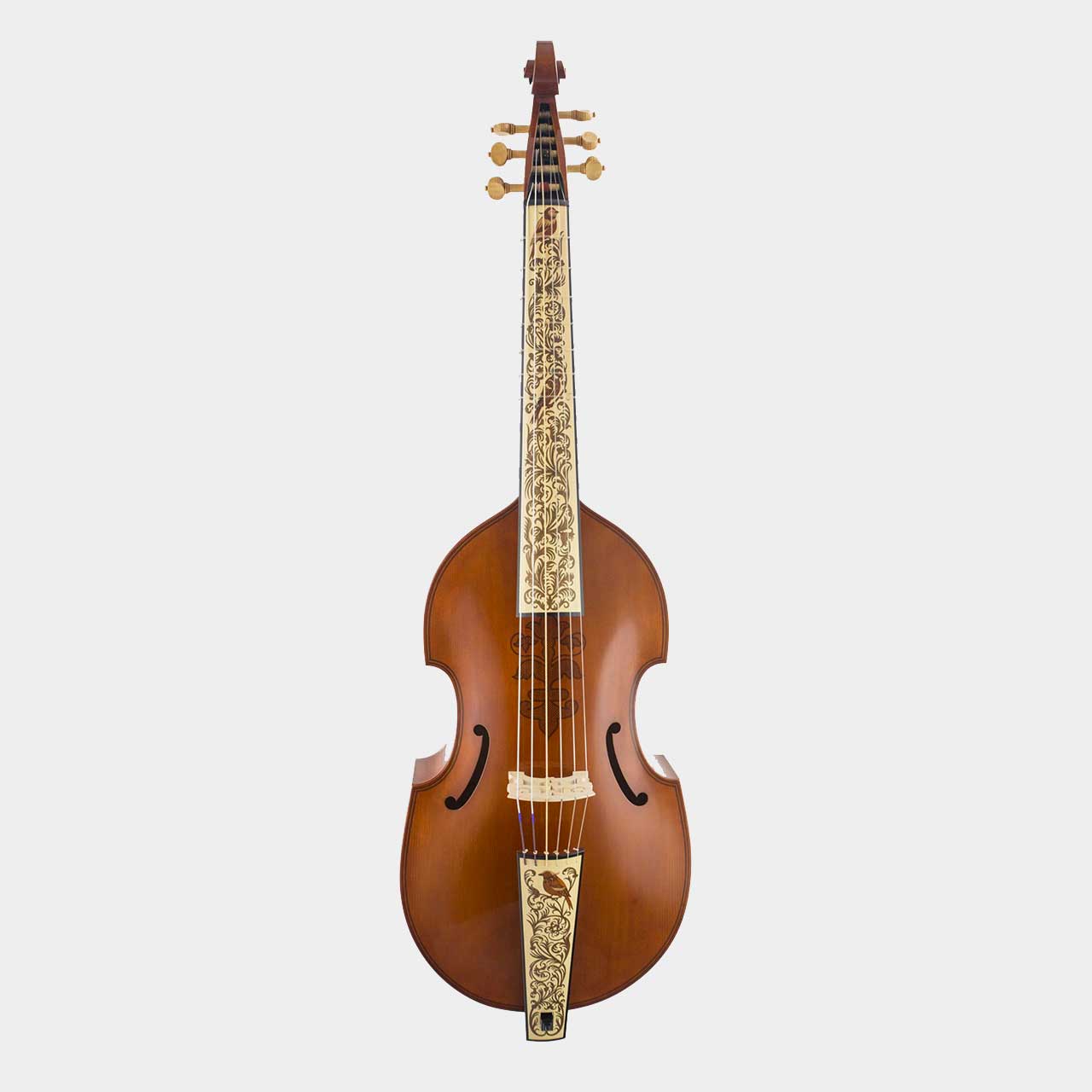
Viola da Gamba: History, Characteristics and Influence – The revival of the Viola da Gamba in the 20th century.
The Viola da Gamba experienced a resurgence of popularity in the 20th century, after many years of decline. This revival was driven by a number of factors, including increased interest in early music, new technological innovations, and the efforts of dedicated musicians and scholars.
- Early Music Movement: One of the main factors that contributed to the revival of the Viola da Gamba was the growing interest in early music in the 20th century. As musicians and audiences became more interested in the music of the Renaissance and Baroque eras, the Viola da Gamba once again gained prominence as a key instrument of that period.
- Technological Innovations: The revival of the Viola da Gamba was also facilitated by technological innovations, including the development of new playing techniques, improved string materials, and more accurate replicas of historical instruments. These innovations allowed musicians to play the Viola da Gamba more accurately and expressively, and helped to further popularize the instrument.
- Dedicated Musicians: The revival of the Viola da Gamba was largely due to the efforts of dedicated musicians and scholars, who worked tirelessly to promote the instrument and to preserve its historical repertoire. Through concerts, recordings, and educational programs, these musicians helped to introduce the Viola da Gamba to new audiences and to revive interest in the instrument.
Today, the Viola da Gamba is once again a popular and highly respected instrument, and is played by musicians all over the world. Its rich sound and versatility have made it a staple of early music ensembles and period-instrument orchestras, and its popularity continues to grow. Whether as a solo instrument or as part of an ensemble, the Viola da Gamba continues to captivate audiences and inspire musicians, and its revival in the 20th century ensures that this historic instrument will continue to play a vital role in classical music for many years to come.
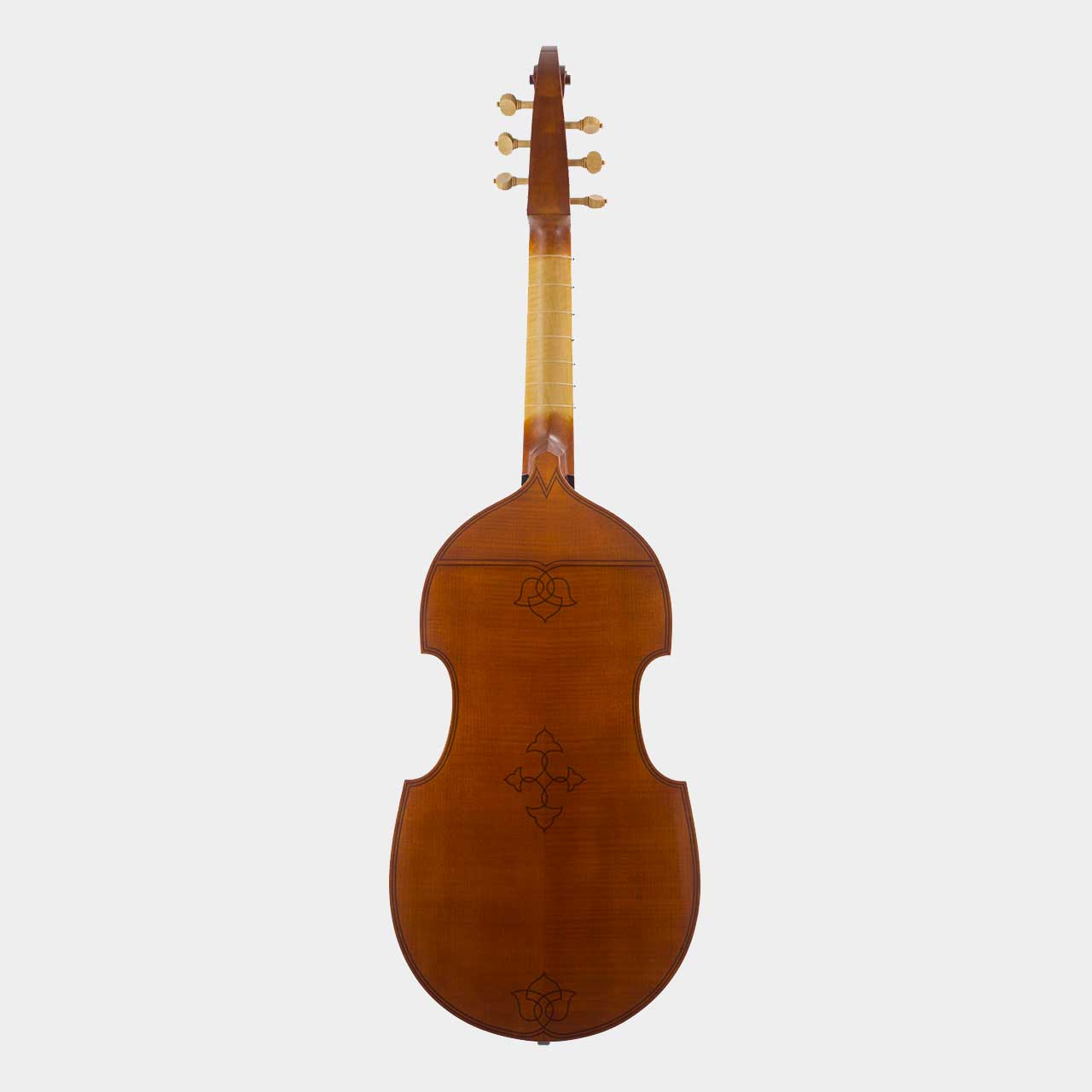
Viola da Gamba: History, Characteristics and Influence – The current state of the Viola da Gamba in classical music.
The Viola da Gamba continues to play an important role in classical music today, and has regained much of its popularity since its revival in the 20th century. The instrument is played by musicians all over the world and is heard in a variety of settings, from early music ensembles to contemporary chamber music groups.
- Early Music Ensembles: One of the most common settings for the Viola da Gamba is in early music ensembles, where the instrument is used to perform music from the Renaissance and Baroque eras. These ensembles often focus on historically informed performance, and use period-accurate instruments and playing techniques to bring the music of the past to life.
- Contemporary Chamber Music: In addition to its role in early music, the Viola da Gamba is also a popular instrument in contemporary chamber music groups. These groups often incorporate the unique sound and versatility of the Viola da Gamba into their performances, using the instrument to add depth and variety to their musical offerings.
- Solo Performance: The Viola da Gamba is also frequently performed as a solo instrument, and its rich and expressive sound has made it a popular choice for concerts and recitals. Many of the world’s leading Viola da Gamba players have released recordings of their performances, showcasing the instrument’s versatility and beauty.
- Education: In recent years, there has been a growing interest in the Viola da Gamba as a teaching instrument, and many universities and music conservatories now offer courses and programs dedicated to the study of the instrument. This has helped to ensure the future of the Viola da Gamba, and has given new generations of musicians the opportunity to learn about this historic instrument and its place in classical music.
The Viola da Gamba continues to play a vital role in classical music today, and its popularity shows no signs of waning. With its rich sound, versatility, and historical significance, the Viola da Gamba remains one of the most important and beloved instruments in the world of classical music.
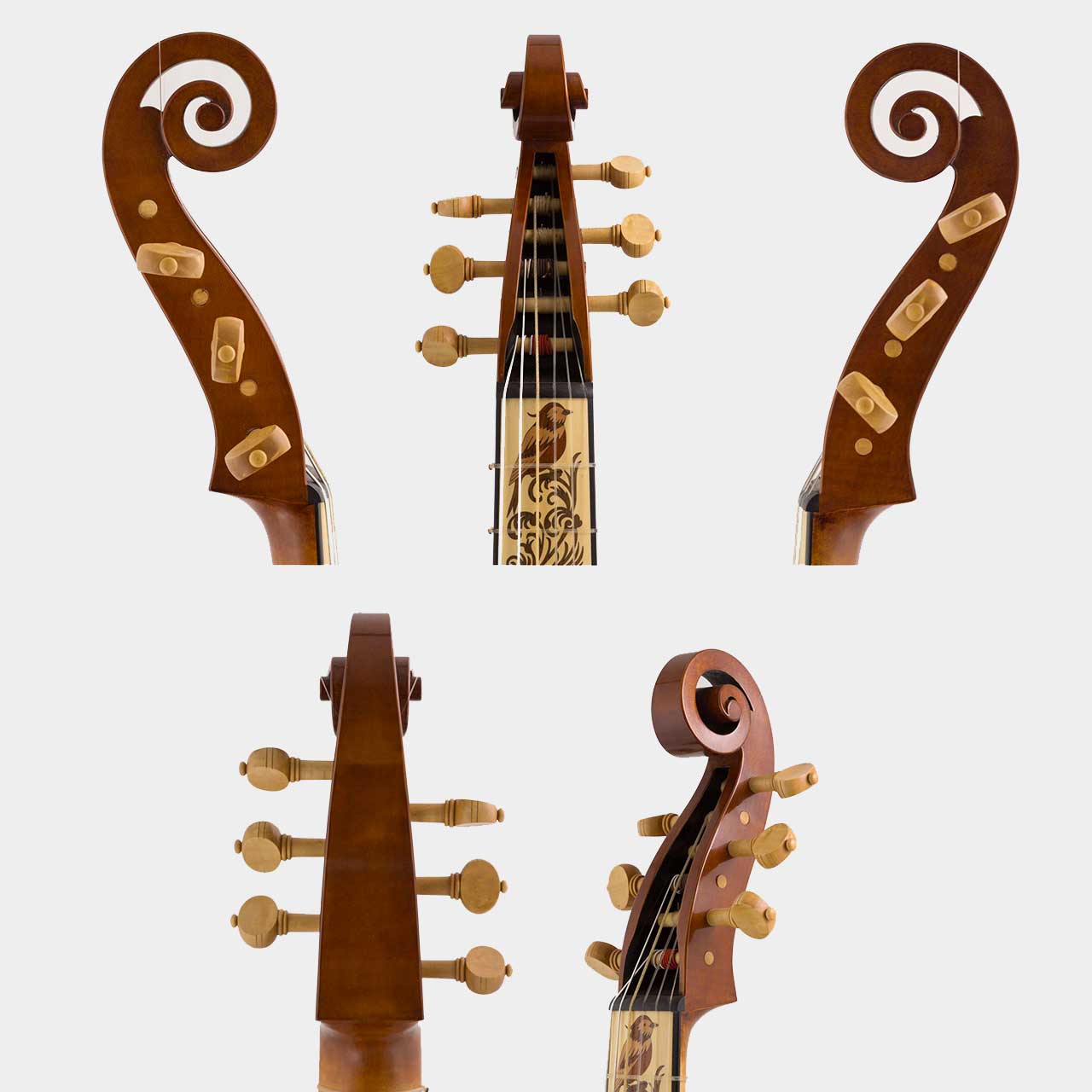
Viola da Gamba: History, Characteristics and Influence – The future of the Viola da Gamba and its continued relevance in classical music.
The future of the Viola da Gamba looks bright, as the instrument continues to gain popularity and recognition in the classical music world. With its unique sound, versatility, and historical significance, the Viola da Gamba offers a rich and diverse musical experience that is appealing to audiences of all ages and backgrounds.
- Growth of Early Music Scene: The growing popularity of early music has played a significant role in the resurgence of the Viola da Gamba. The instrument is now featured in a variety of early music festivals and concerts around the world, and its sound is in high demand by early music enthusiasts.
- Increased Interest in Historical Instruments: The Viola da Gamba is one of many historical instruments that have seen a resurgence in popularity in recent years, as more and more people are drawn to the unique sound and style of older musical forms. This trend is expected to continue, and will help to ensure the future of the Viola da Gamba in classical music.
- Evolution of Playing Techniques: The continued evolution of playing techniques for the Viola da Gamba is also contributing to its future success. As new and innovative ways of playing the instrument are developed, its sound and versatility are becoming more apparent to audiences and musicians alike.
- Investment in Education: Investment in education is also key to the future of the Viola da Gamba. Many universities and music conservatories now offer courses and programs dedicated to the study of the instrument, and this is helping to ensure that new generations of musicians are introduced to the instrument and its unique sound.
- New Repertoire: The development of new repertoire for the Viola da Gamba is also important in securing its future. Composers and arrangers are now writing new works specifically for the instrument, showcasing its versatility and expanding its range of musical possibilities.
In conclusion, the future of the Viola da Gamba looks bright, and its continued relevance in classical music is assured. With its unique sound, versatility, and historical significance, the Viola da Gamba will continue to play an important role in the classical music world for many years to come.

Viola da Gamba: History, Characteristics and Influence –
In conclusion, the viola da gamba is a beautiful and important instrument in classical music history. From its beginnings in Renaissance and Baroque music to its revival in the 20th century, it has left a lasting impact on the world of music.
Merion David Attwood, a master luthier listed on Luthiers.com, that you could discover thanks to the various pictures which were used to illustrate this article, continues this legacy by crafting violas da gamba of the highest quality.
Those interested in his work can visit his personal page on Luthiers.com to learn more: https://luthiers.com/listing/merion-david-attwood/
And even see some of his instruments on display at the links provided:
- Merion David Attwood – Barak Norman 1692 Model Division Bass Viol : https://luthiers.com/listing/merion-david-attwood-barak-norman-1692-model-division-bass-viol/
- Merion David Attwood – Henry Jaye 1630 Model Treble Viol : https://luthiers.com/listing/merion-david-attwood-henry-jaye-1630-model-treble-viol/
- Merion David Attwood – Barak Norman 1705 Model Bass Viol : https://luthiers.com/listing/merion-david-attwood-barak-norman-1705-model-bass-viol/
- Merion David Attwood – Johann Karp 1730 Model Treble Viol : https://luthiers.com/listing/merion-david-attwood-johann-karp-1730-model-treble-viol/
With its rich history and timeless appeal, the viola da gamba is sure to continue captivating audiences for generations to come.
Viola da Gamba: History, Characteristics and Influence – Photos of Merion David Attwood’s work
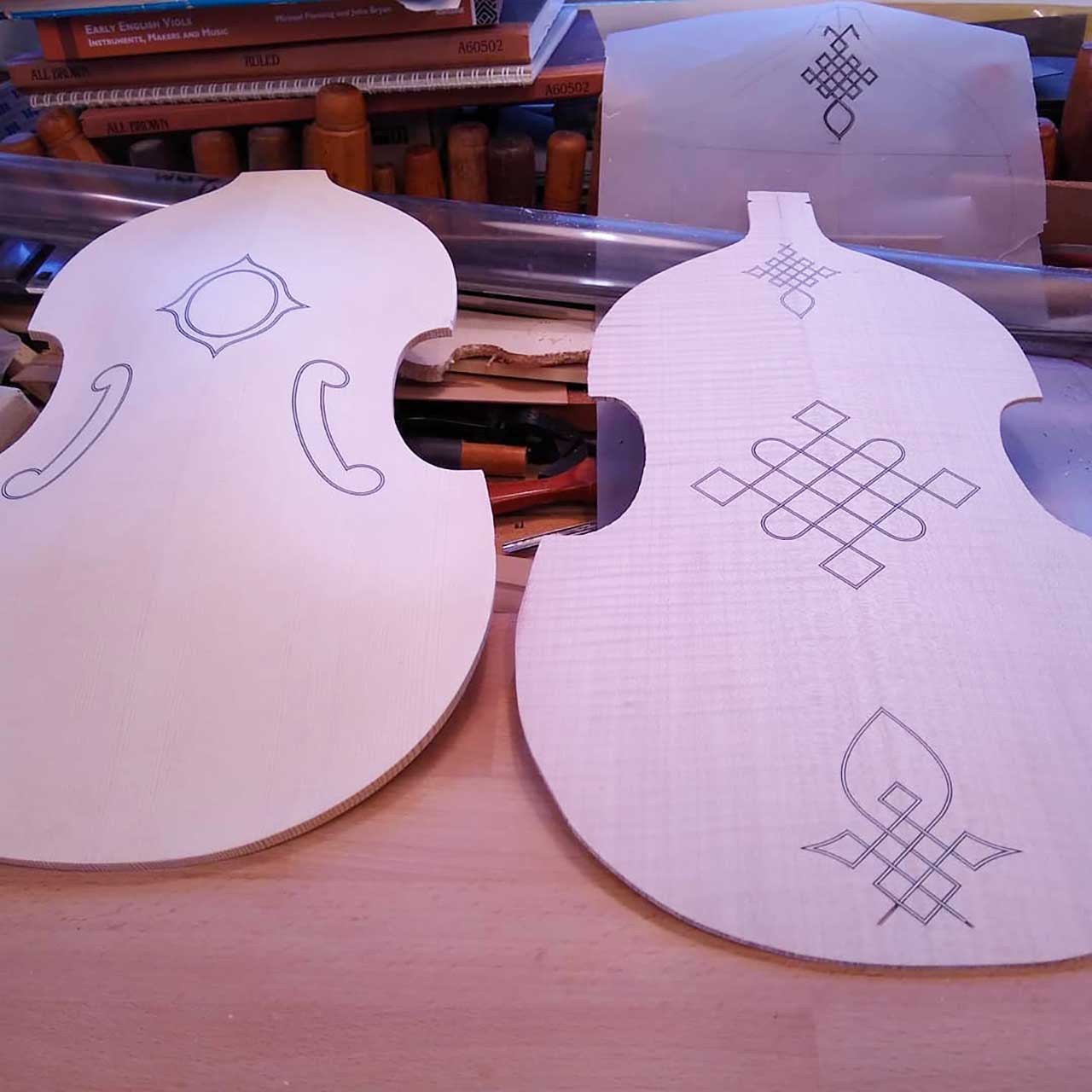
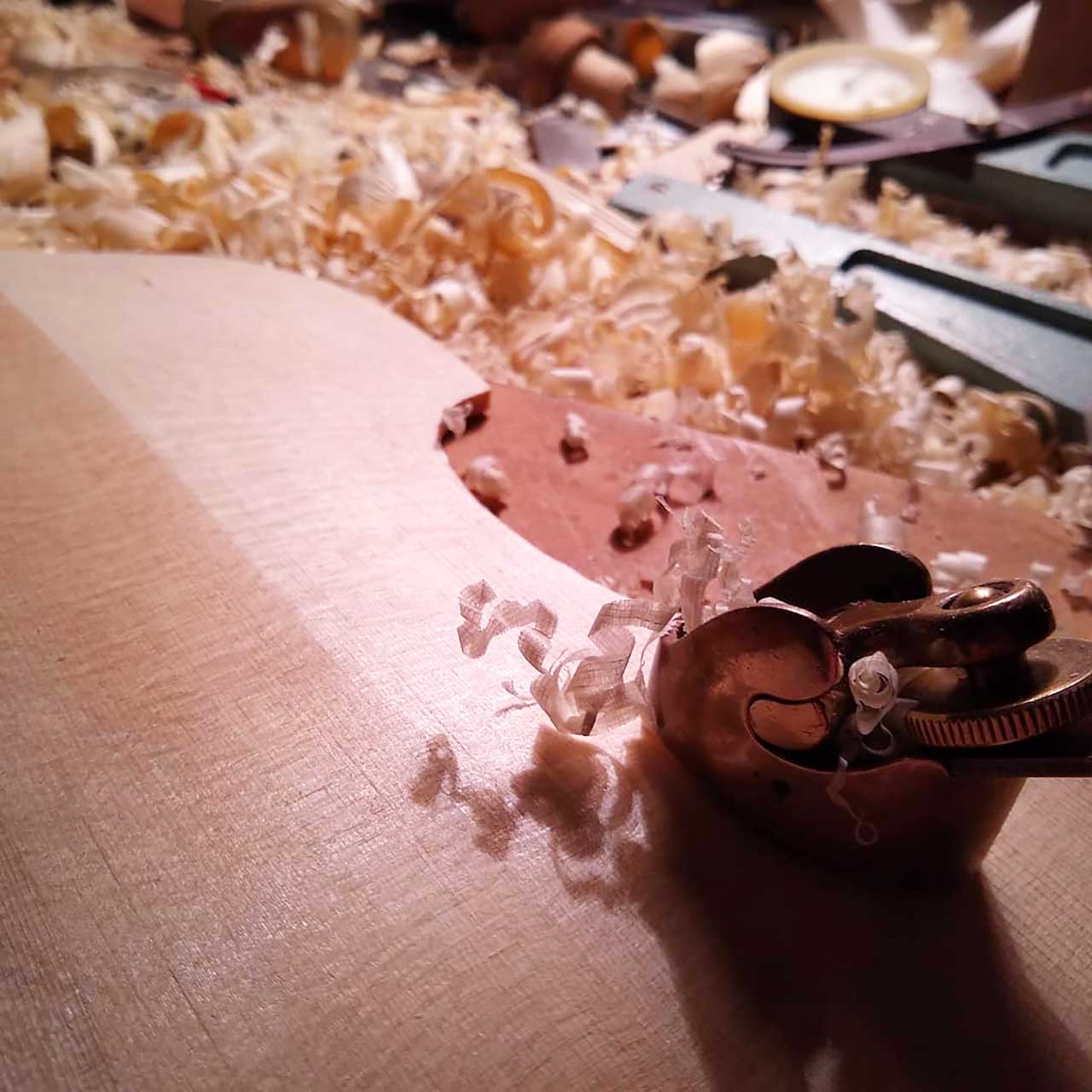
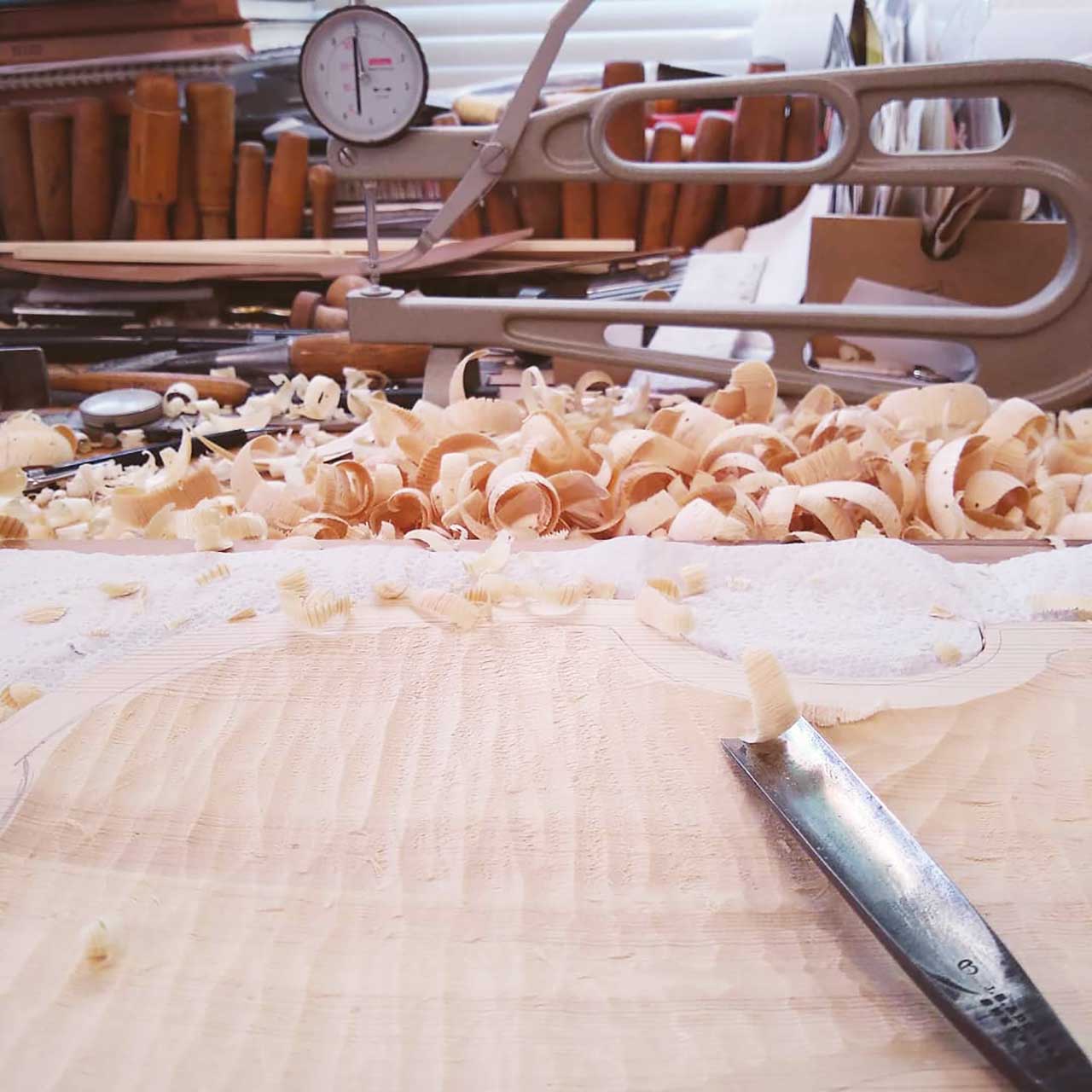
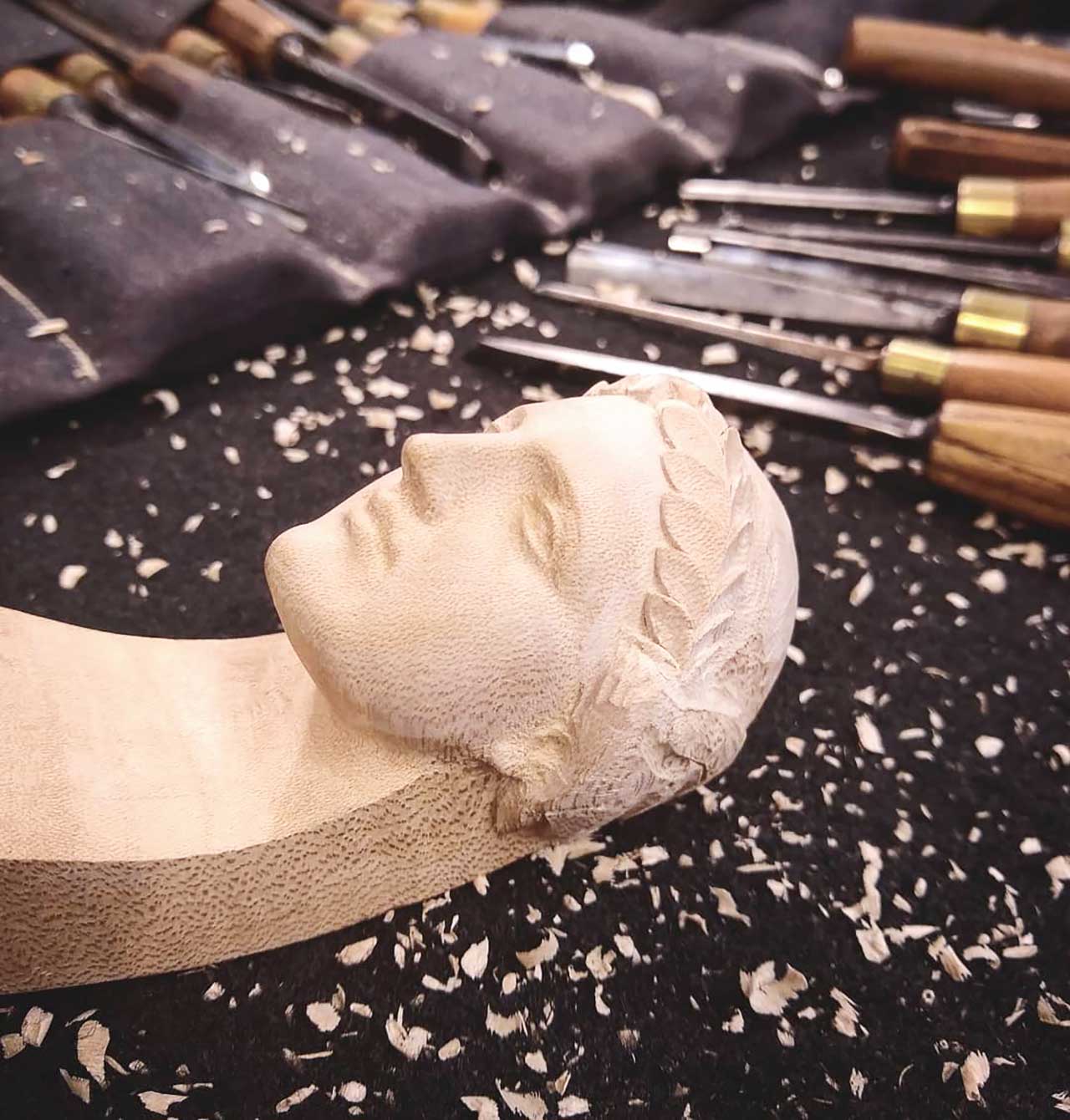
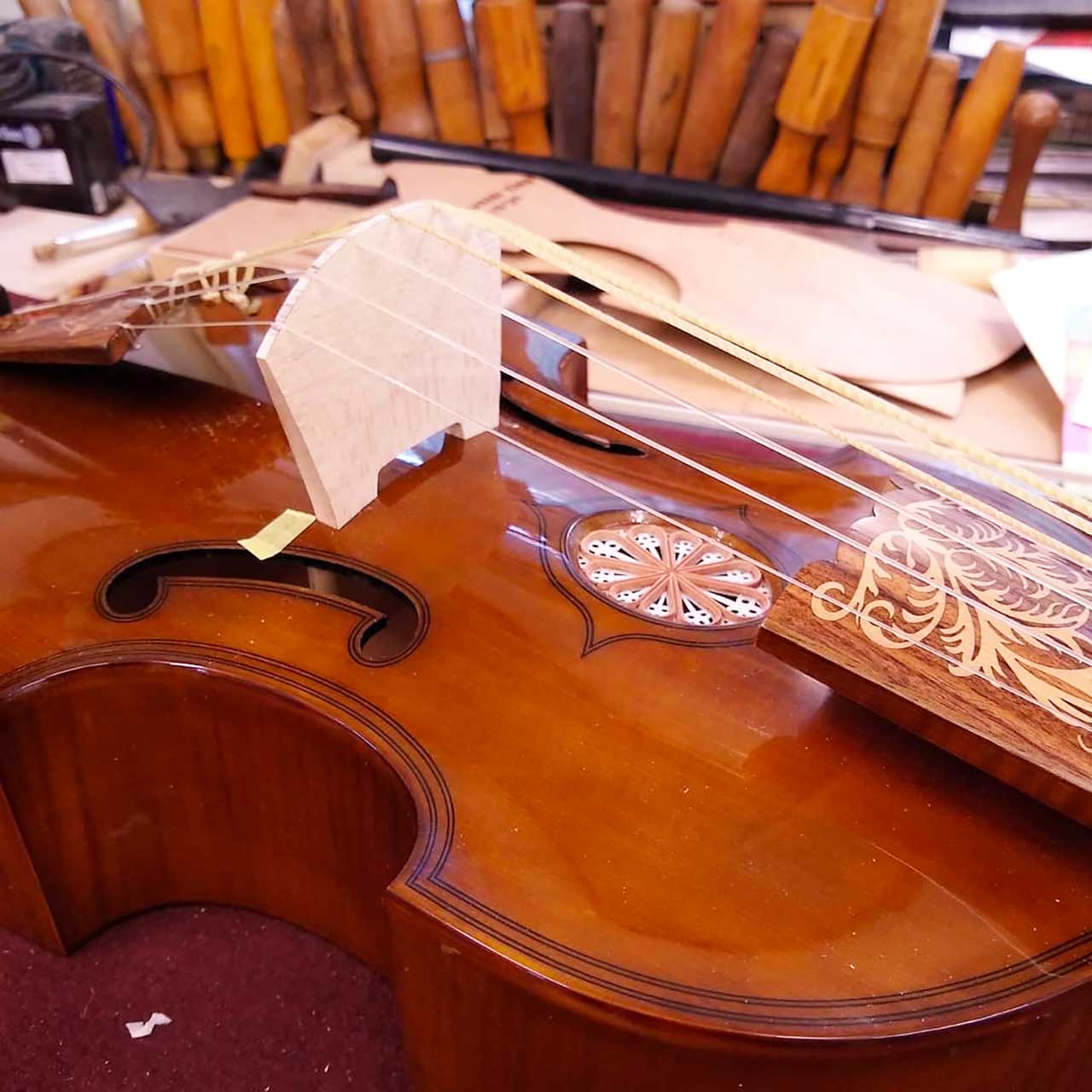
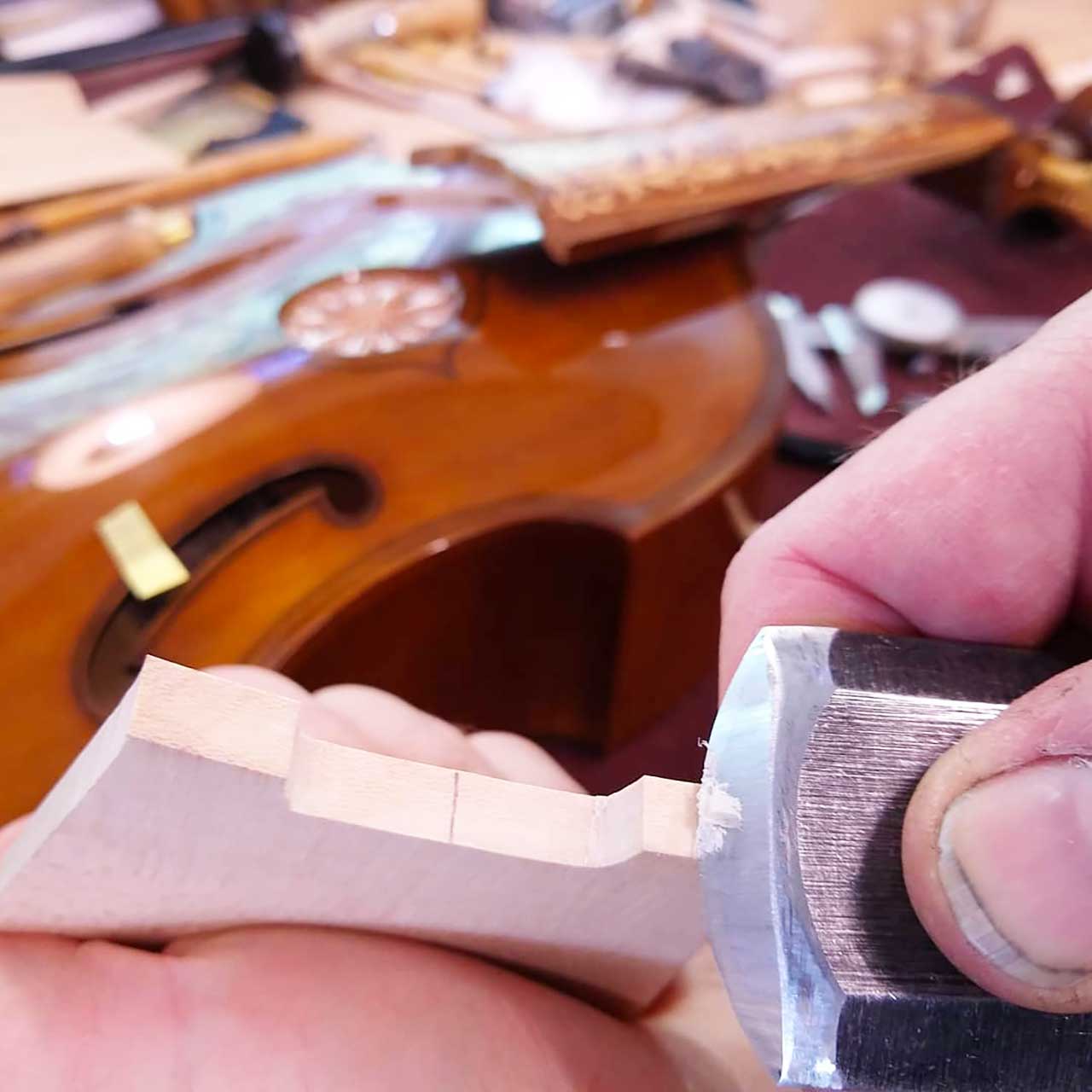
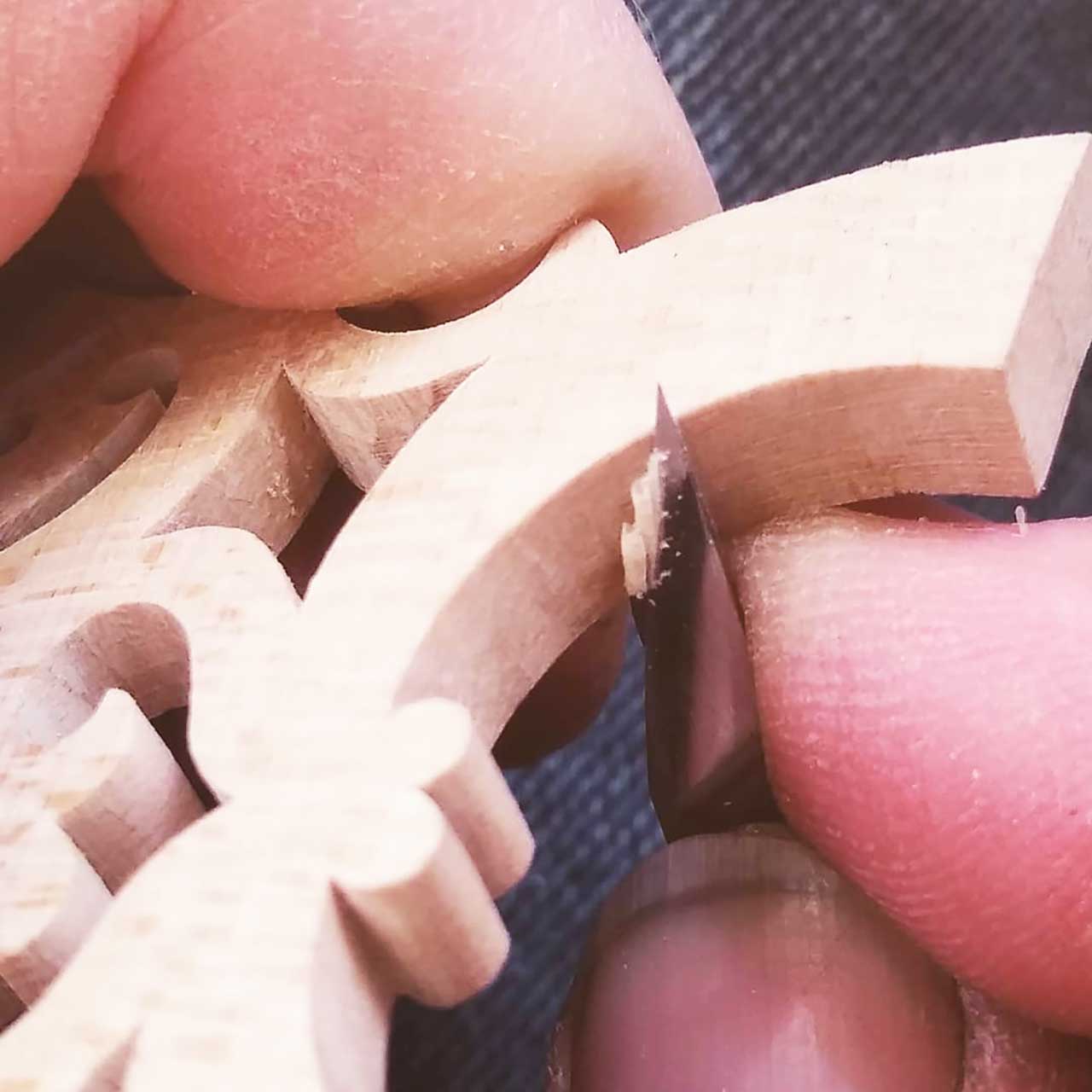
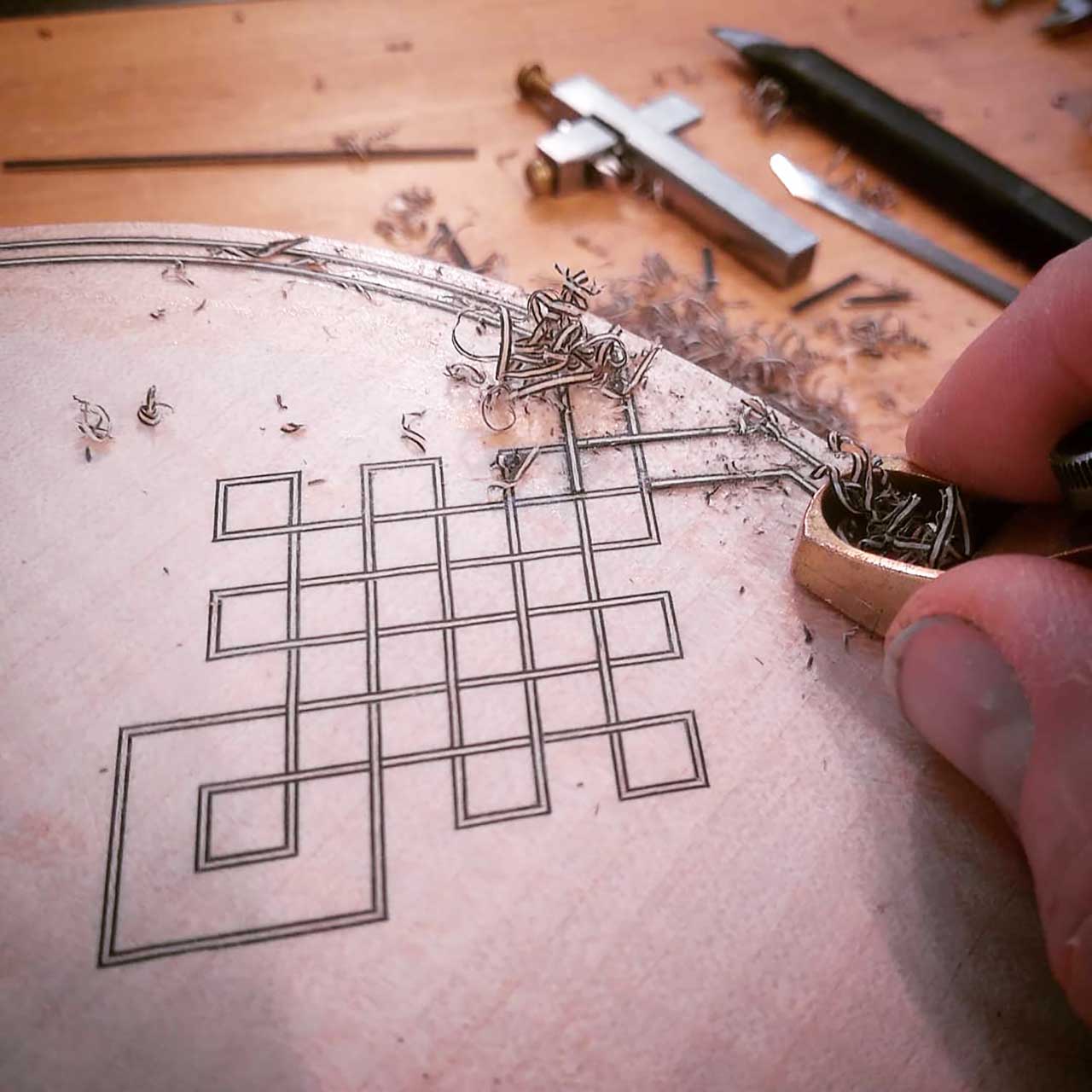
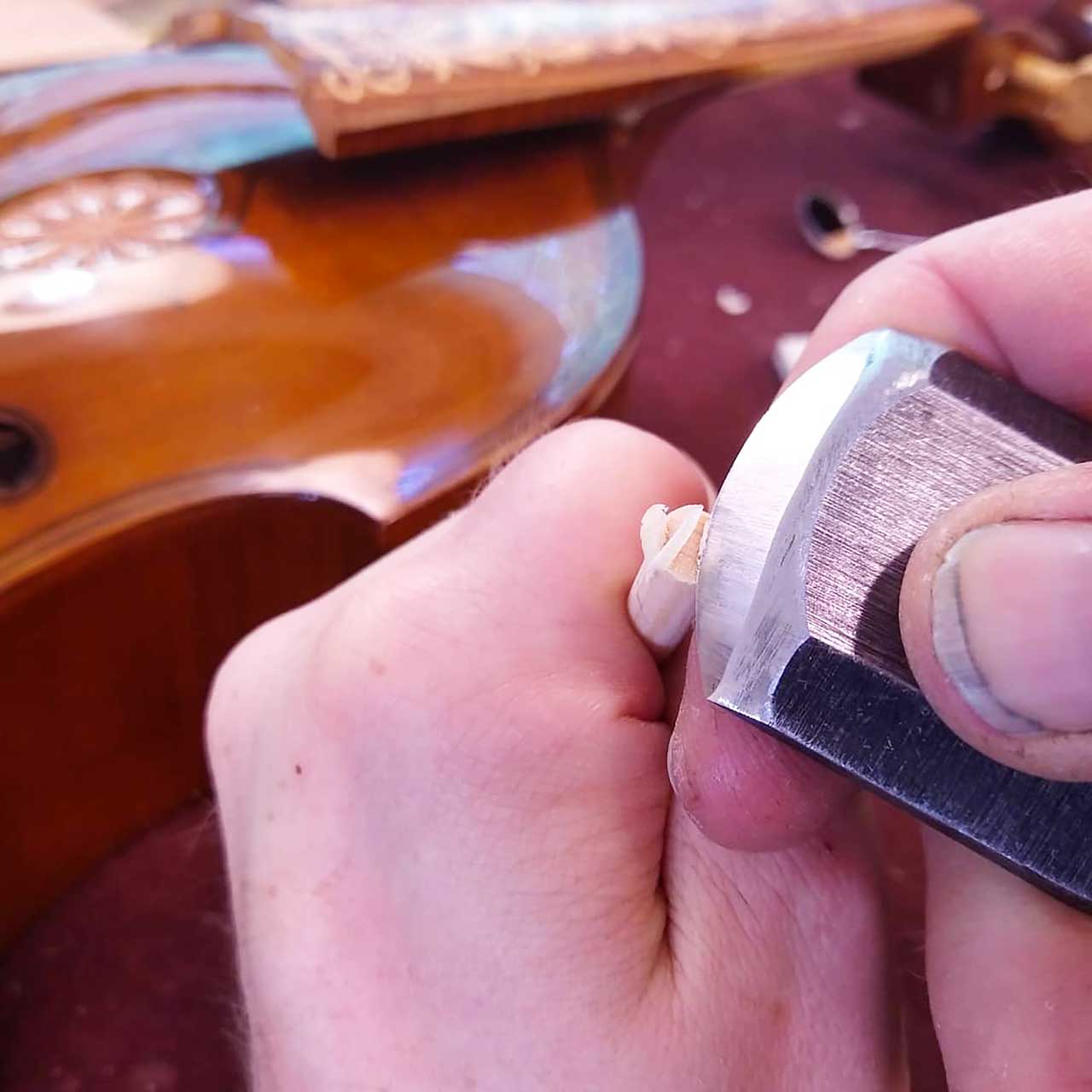
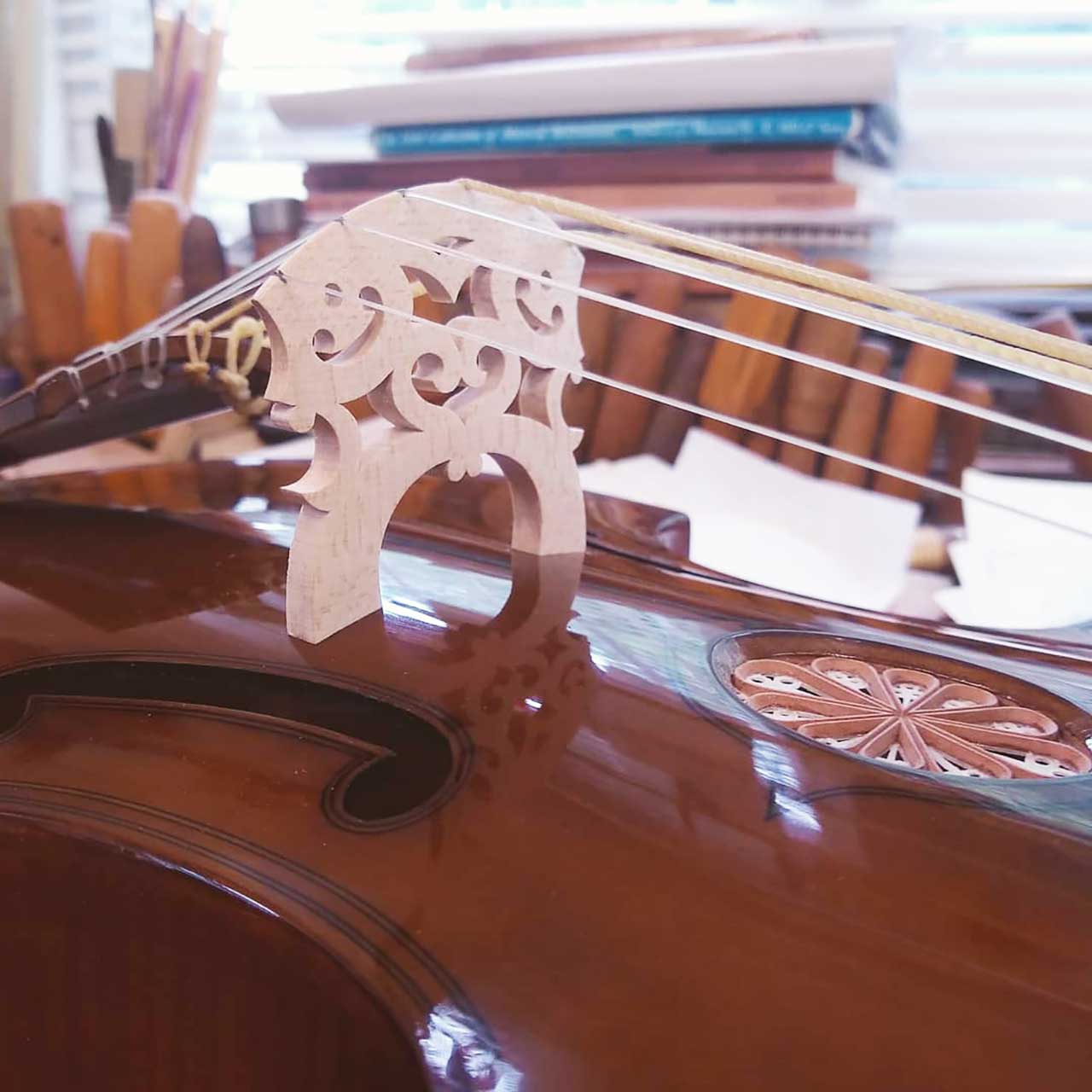
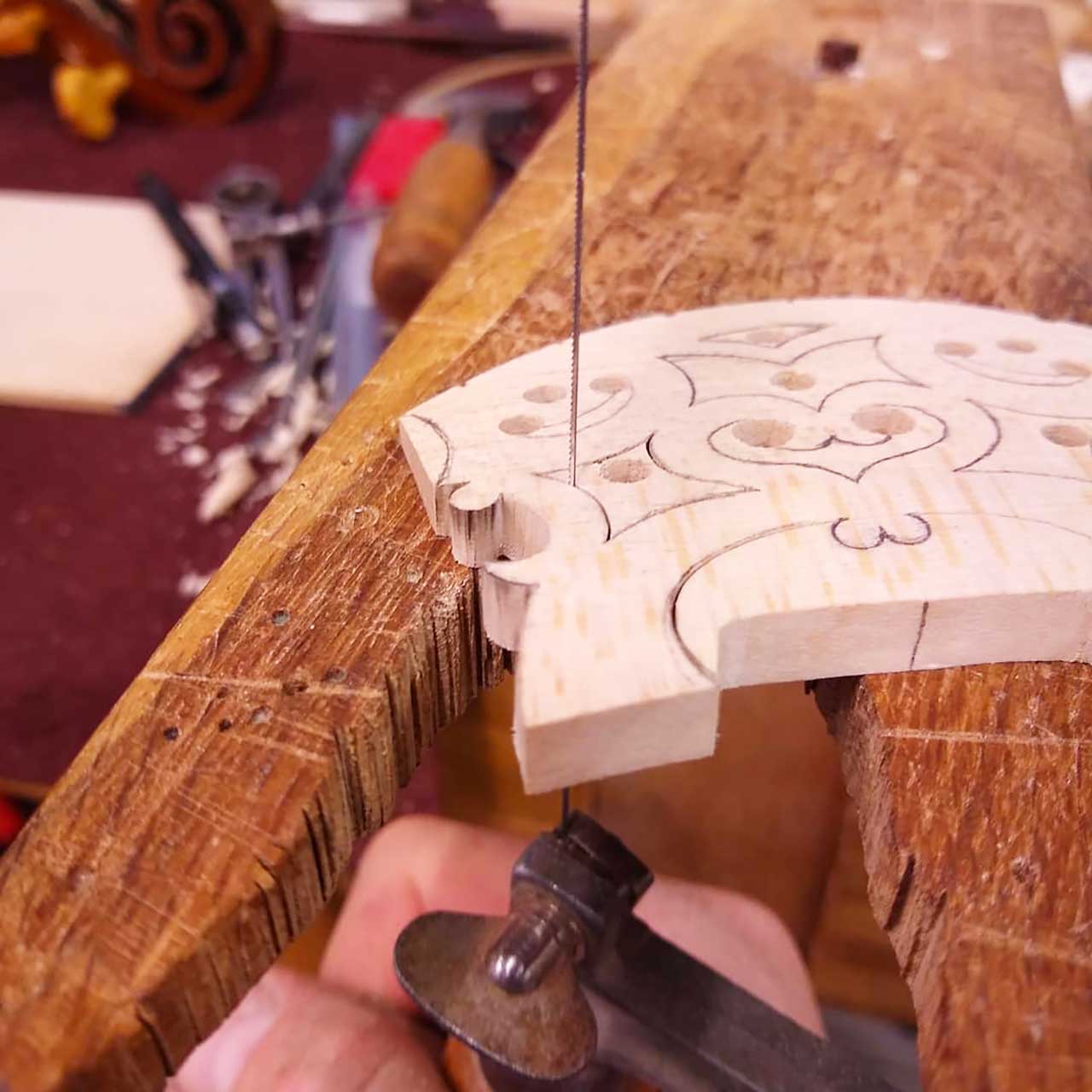
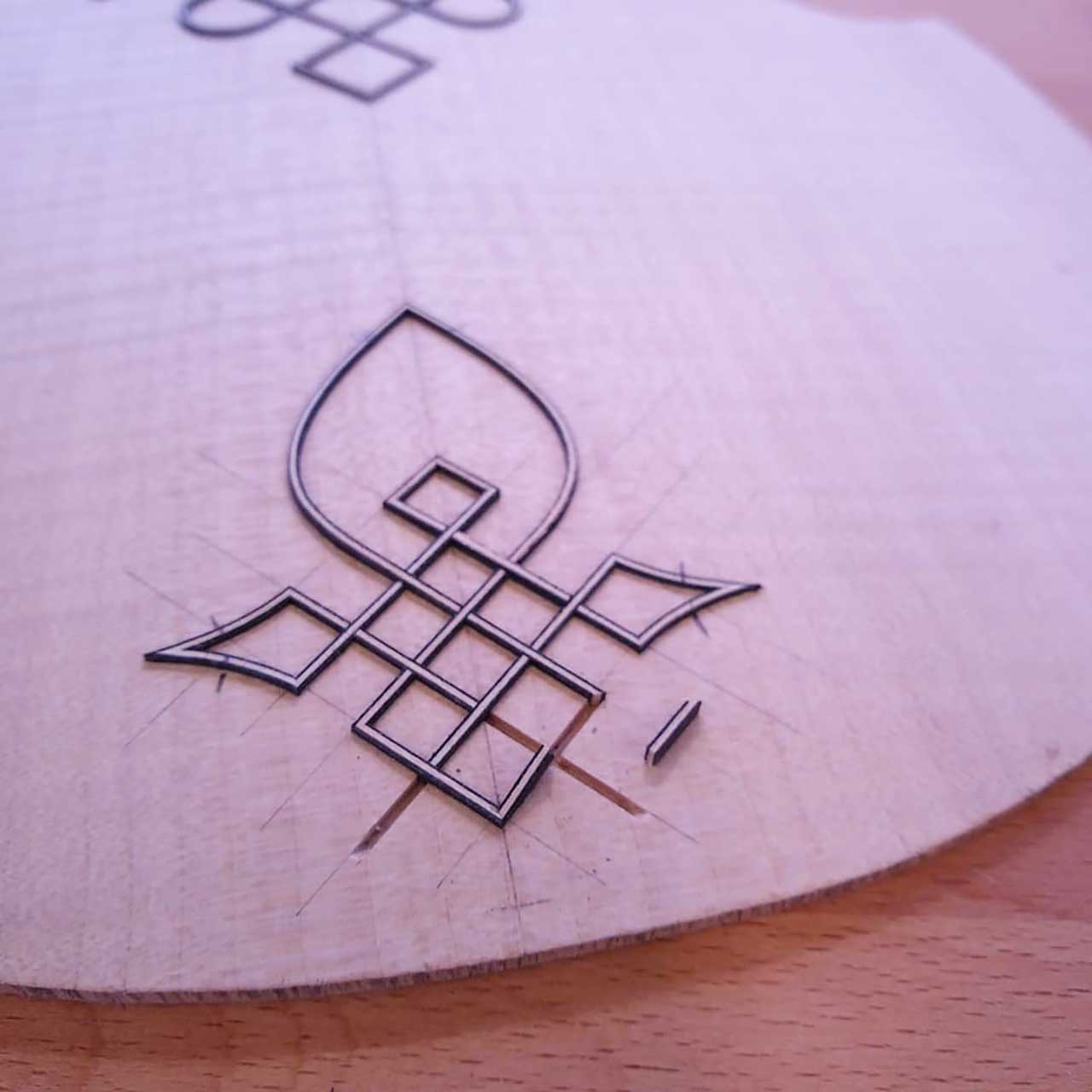
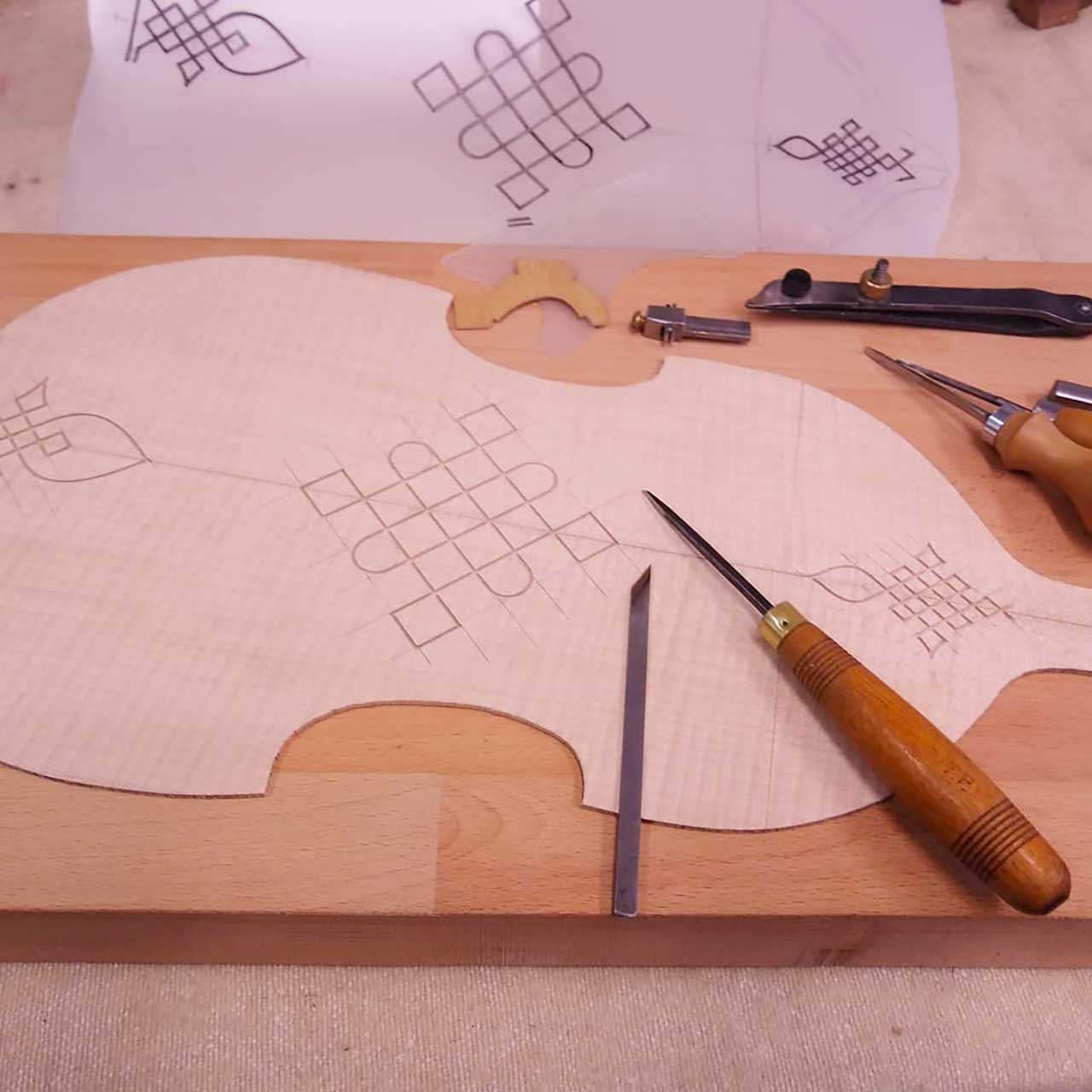
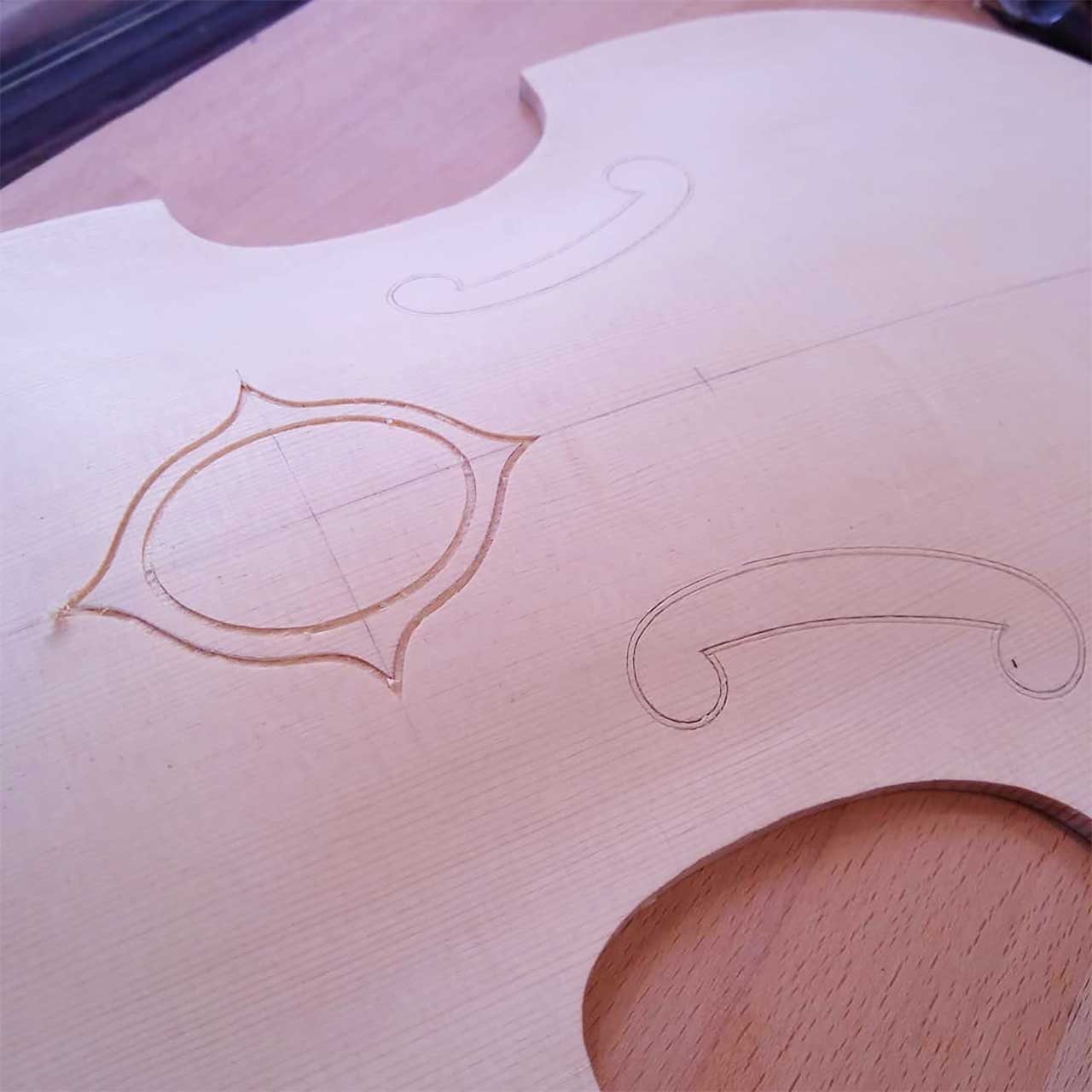
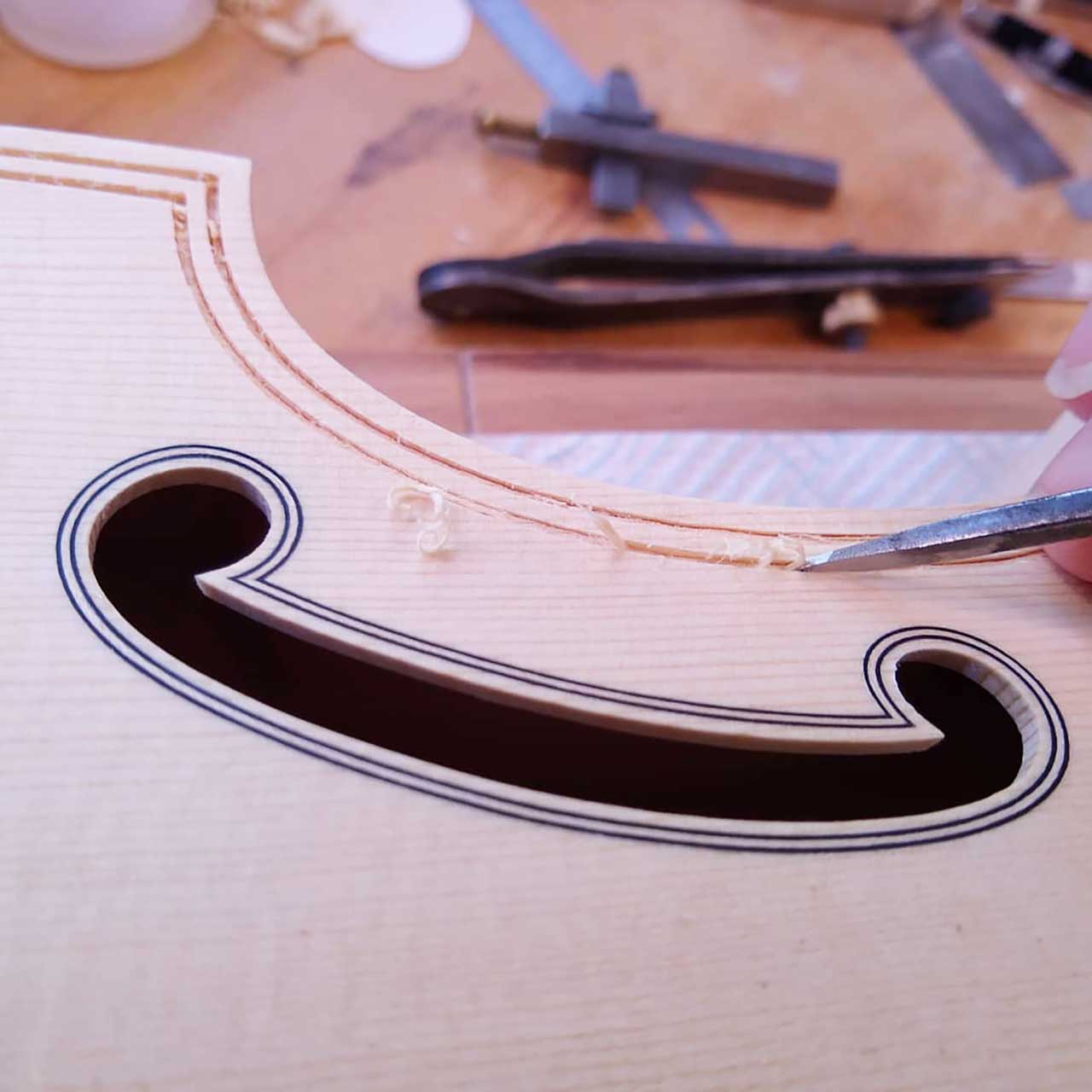
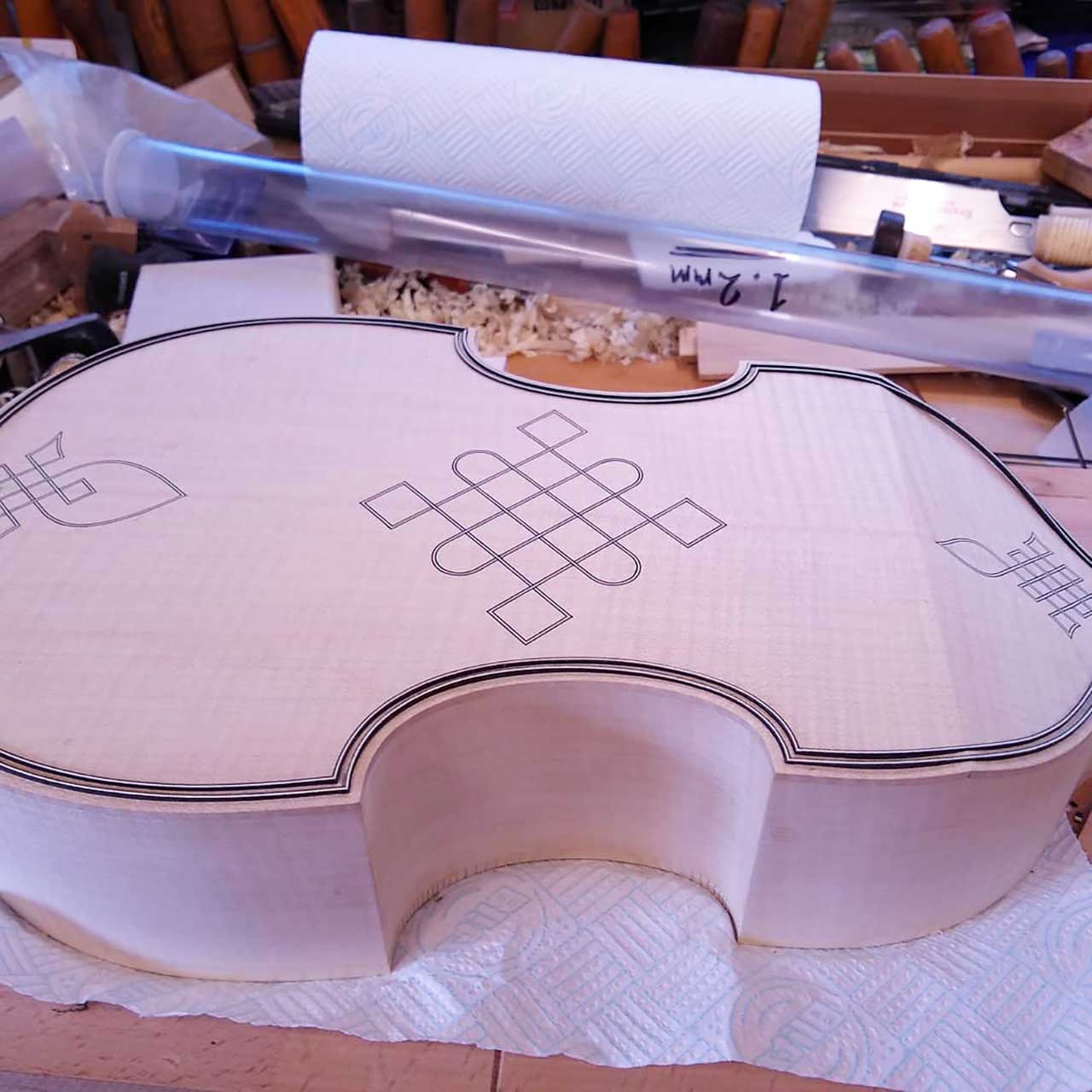
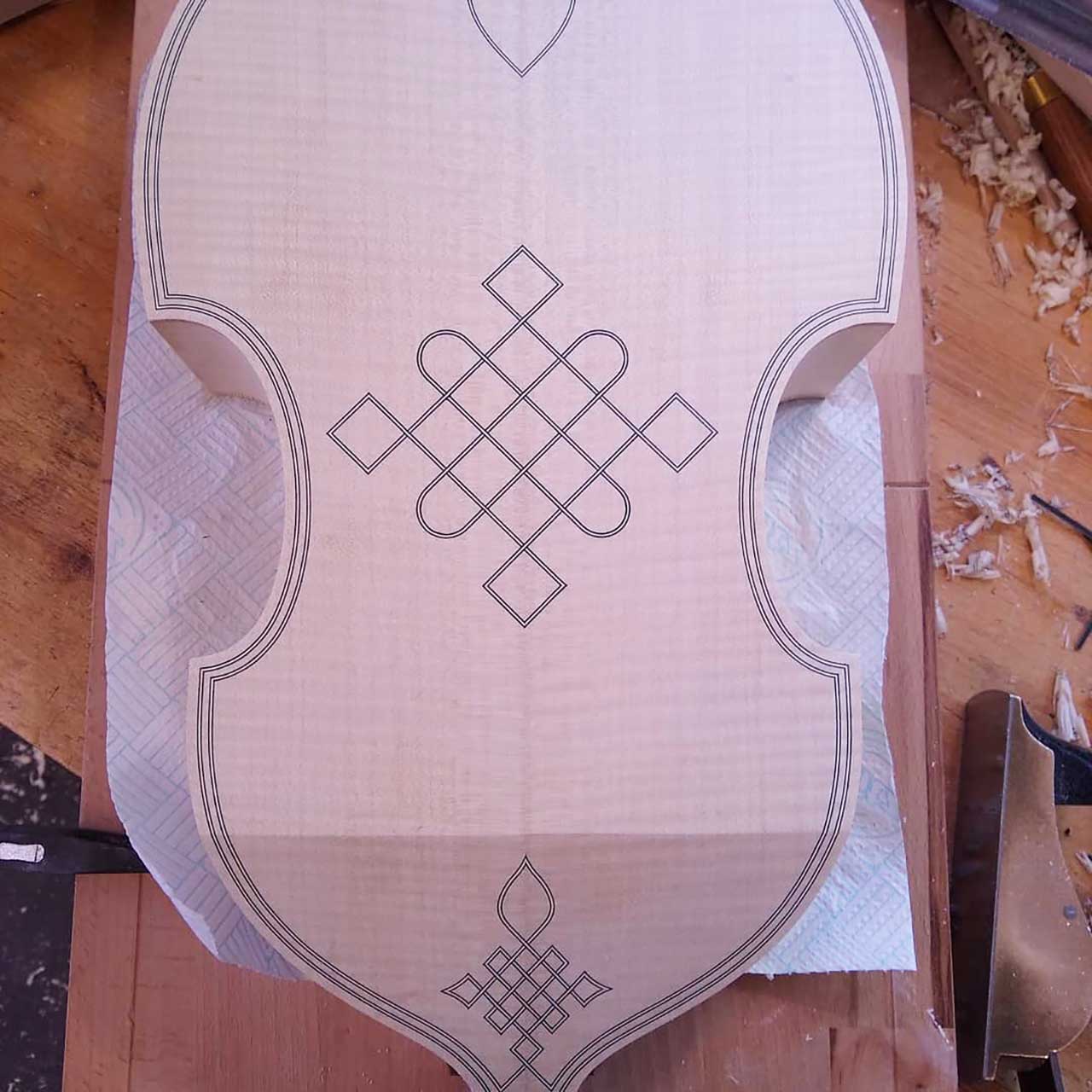
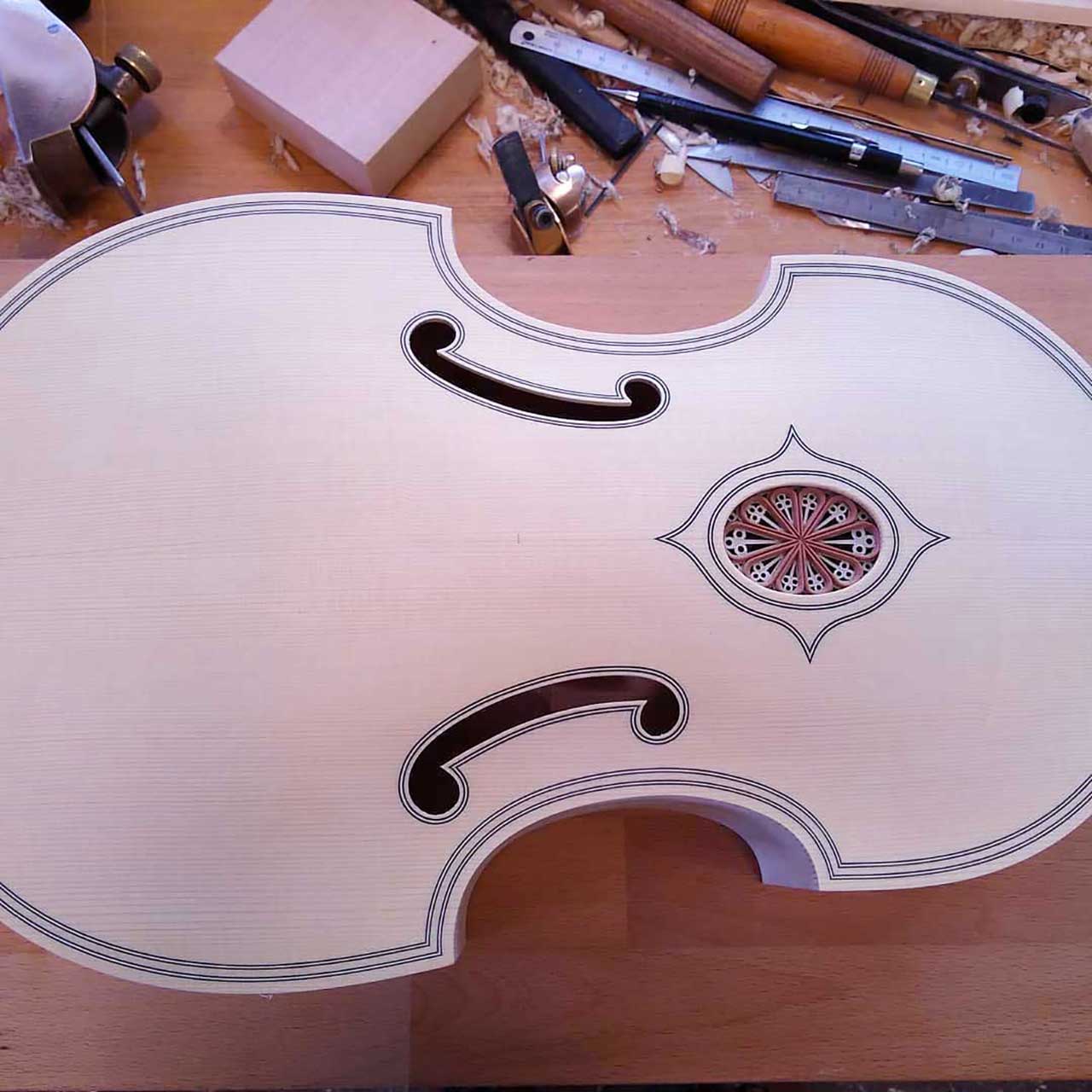
Viola da Gamba: History, Characteristics and Influence – We can help you find your next luthier instrument!
In the coming weeks, as for others luthiers for plucked string instruments, luthiers for bowed string instruments, luthiers for other instruments, amps & effects makers, wood & supplies dealers, lutherie events, jobs, schools & teachers subscribers on our site, you will be able to follow our series of mini-interviews dedicated to the fascinating world of luthiers.
If you want some fun to discover our luthiers, also take a look and subscribe to our Instagram : @luthierscom and Facebook : @luthierscom accounts.
See you soon…
#luthiers
Subscribe to the newsletter!
Subscribe to our newsletter to follow all our news and those of our luthiers.
If you are passionate about the world of luthiers, join us!